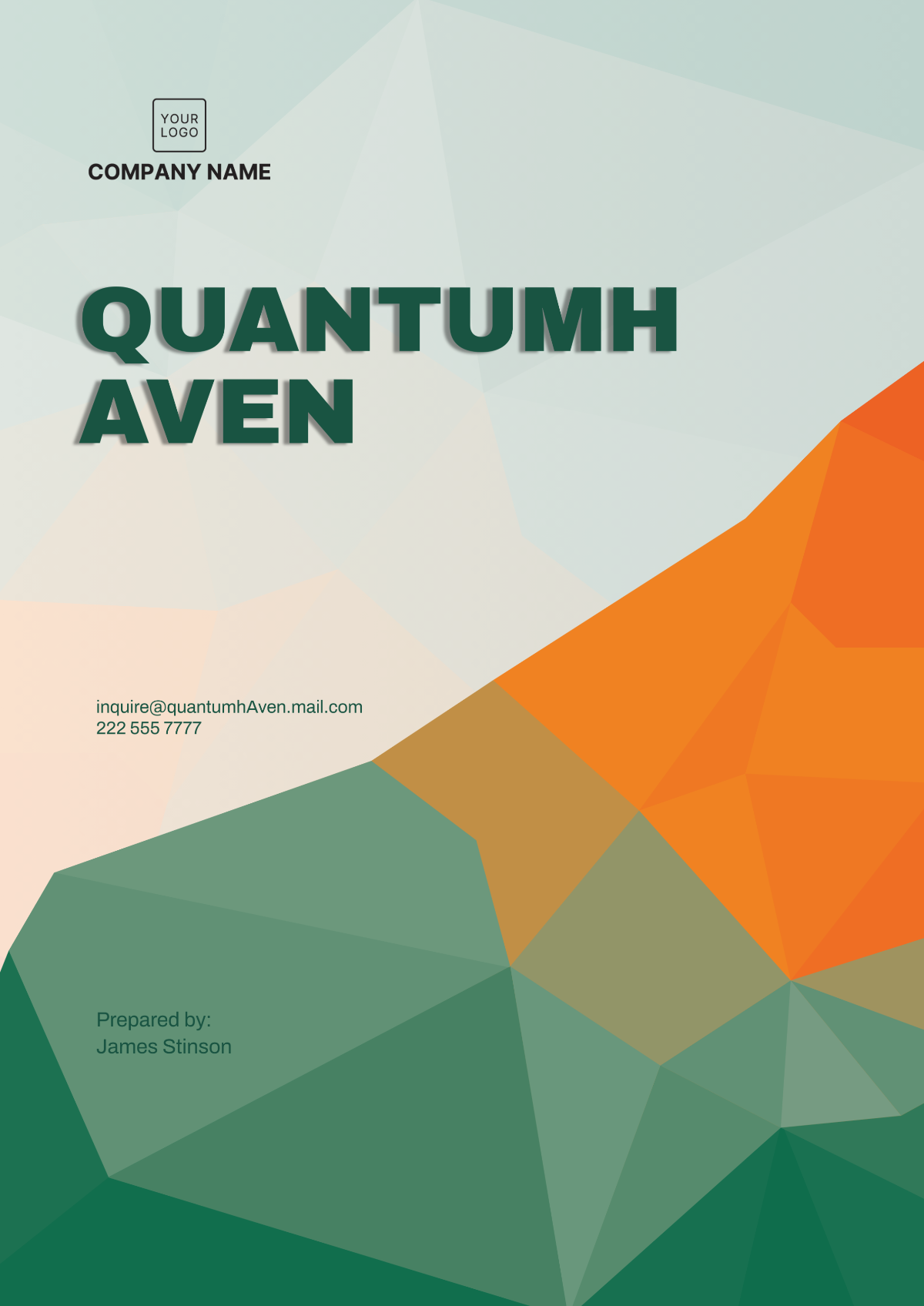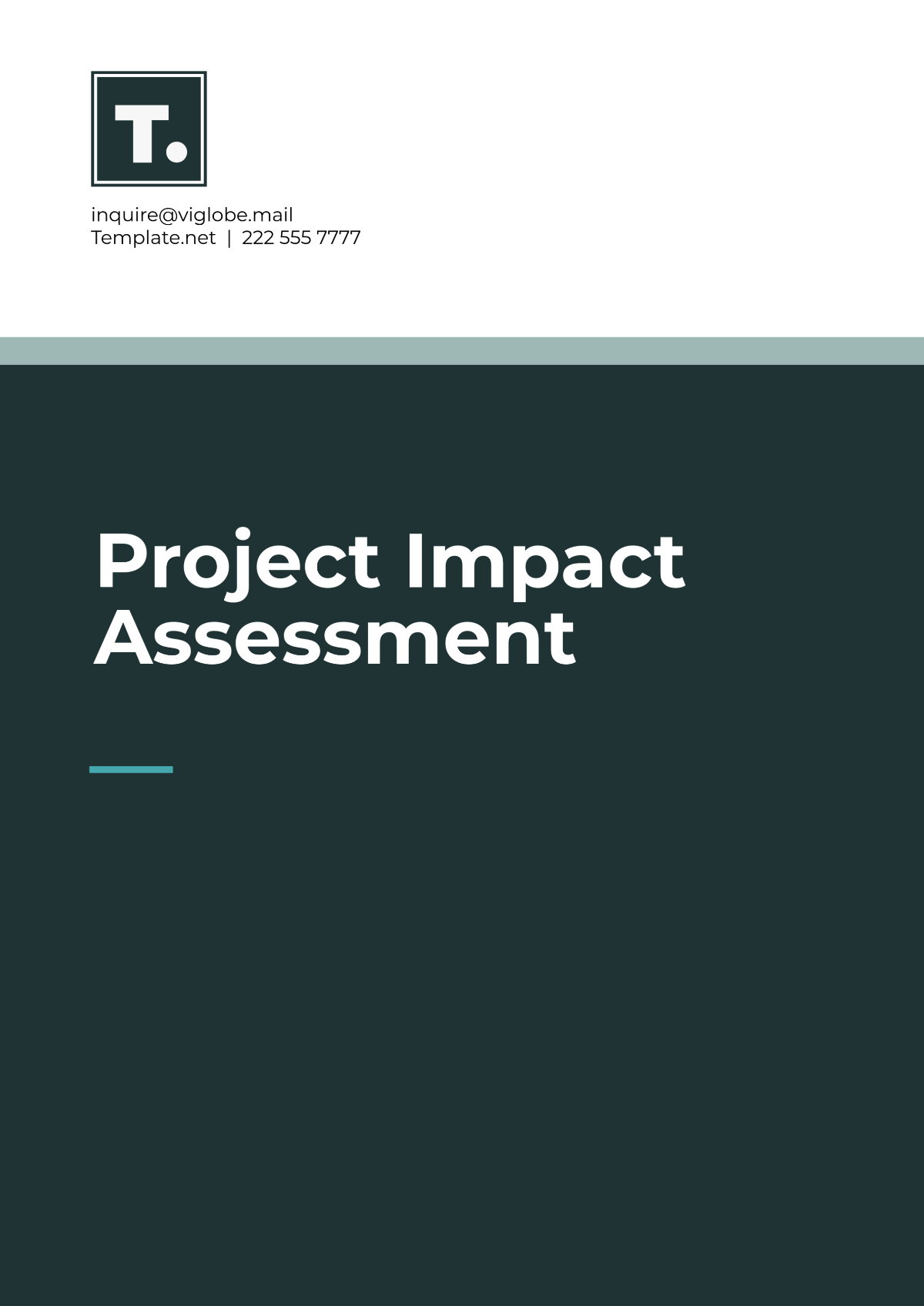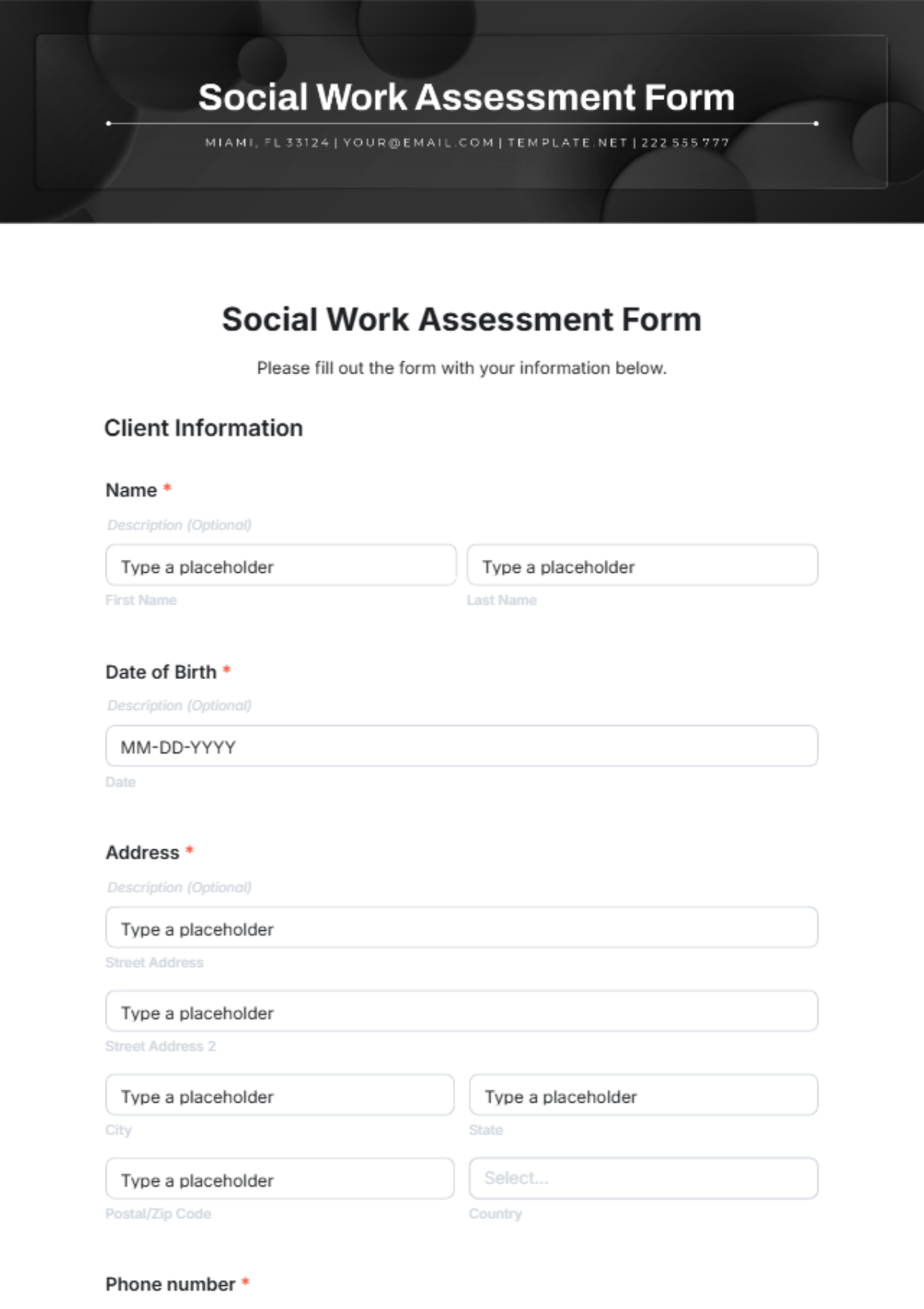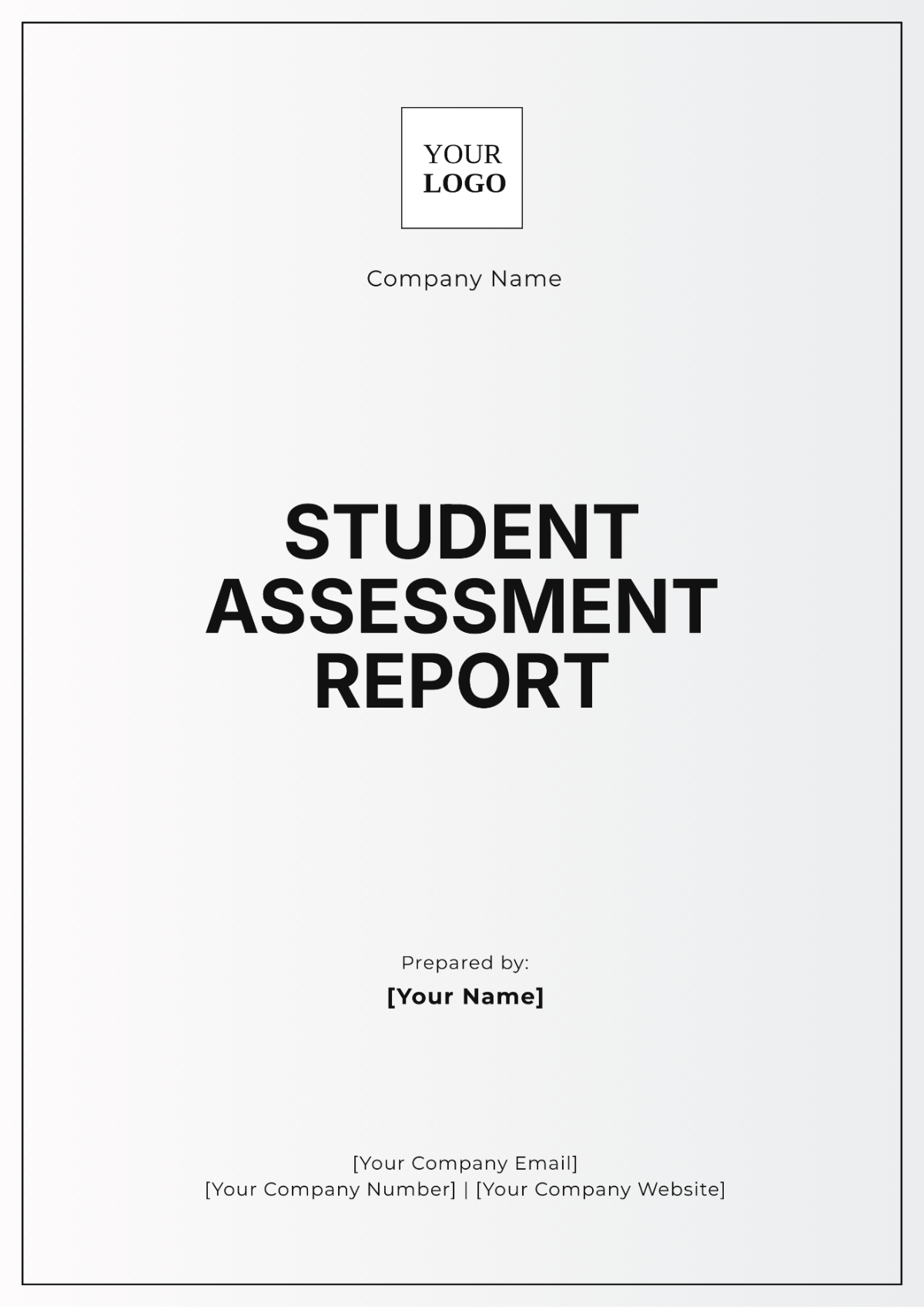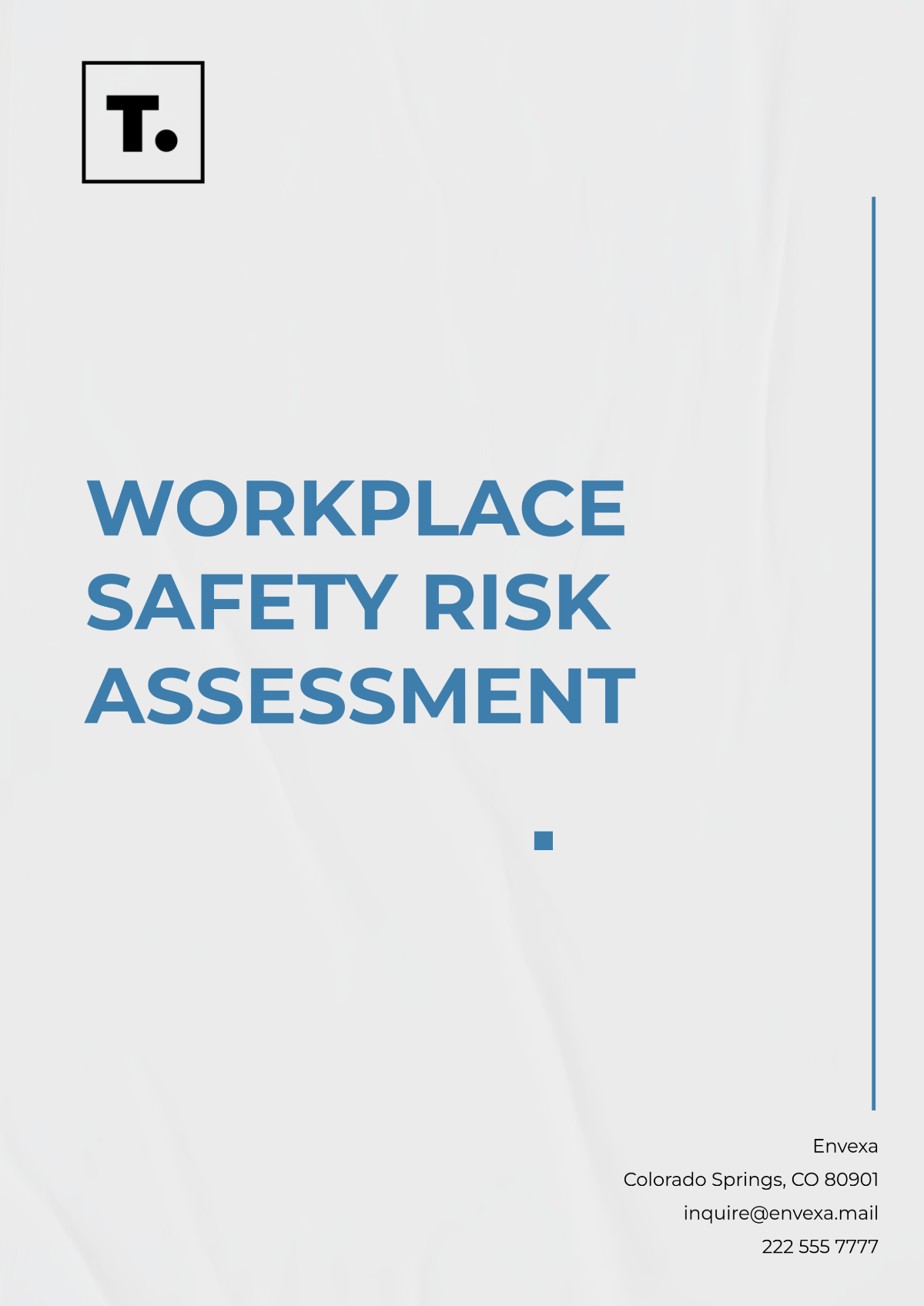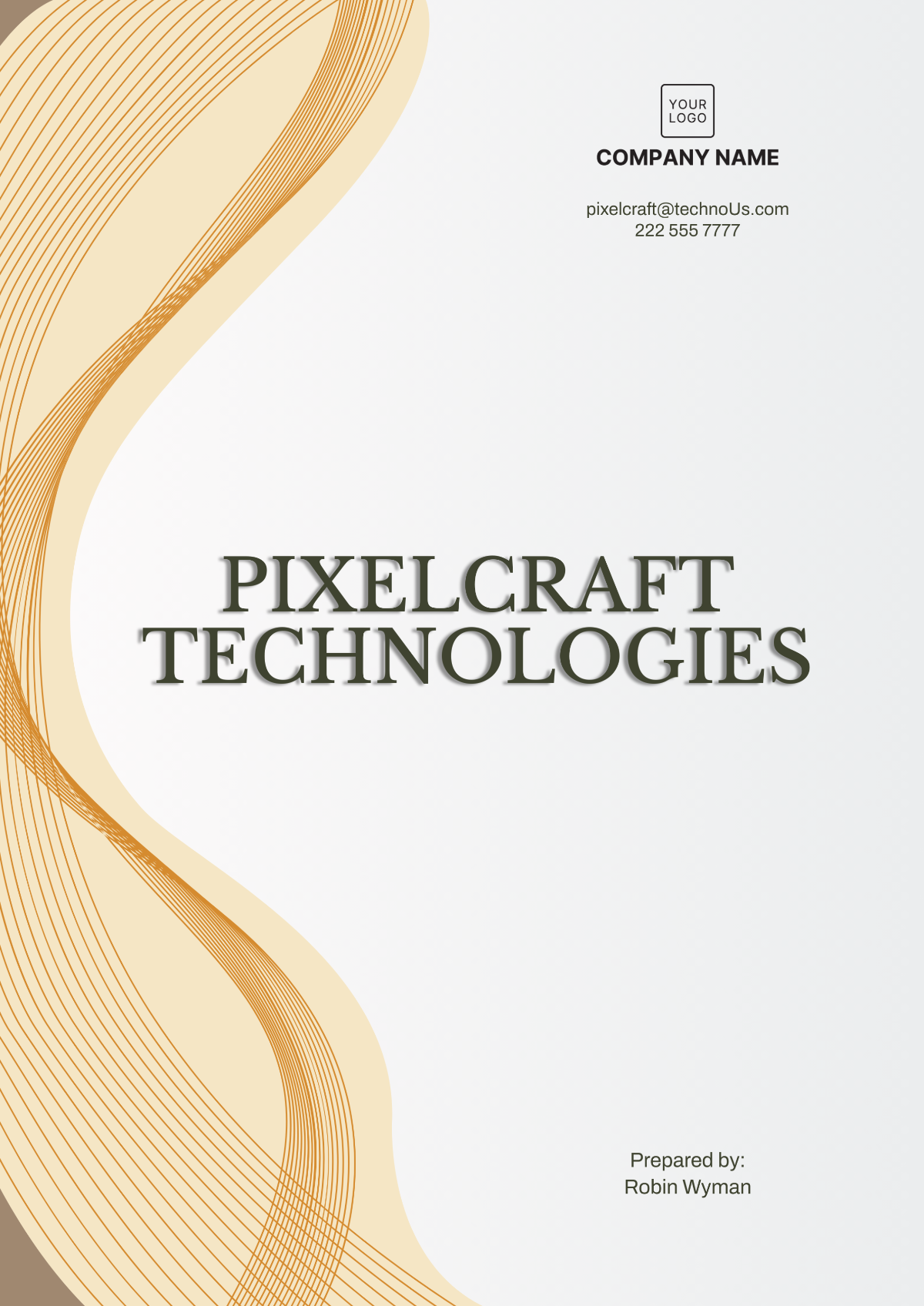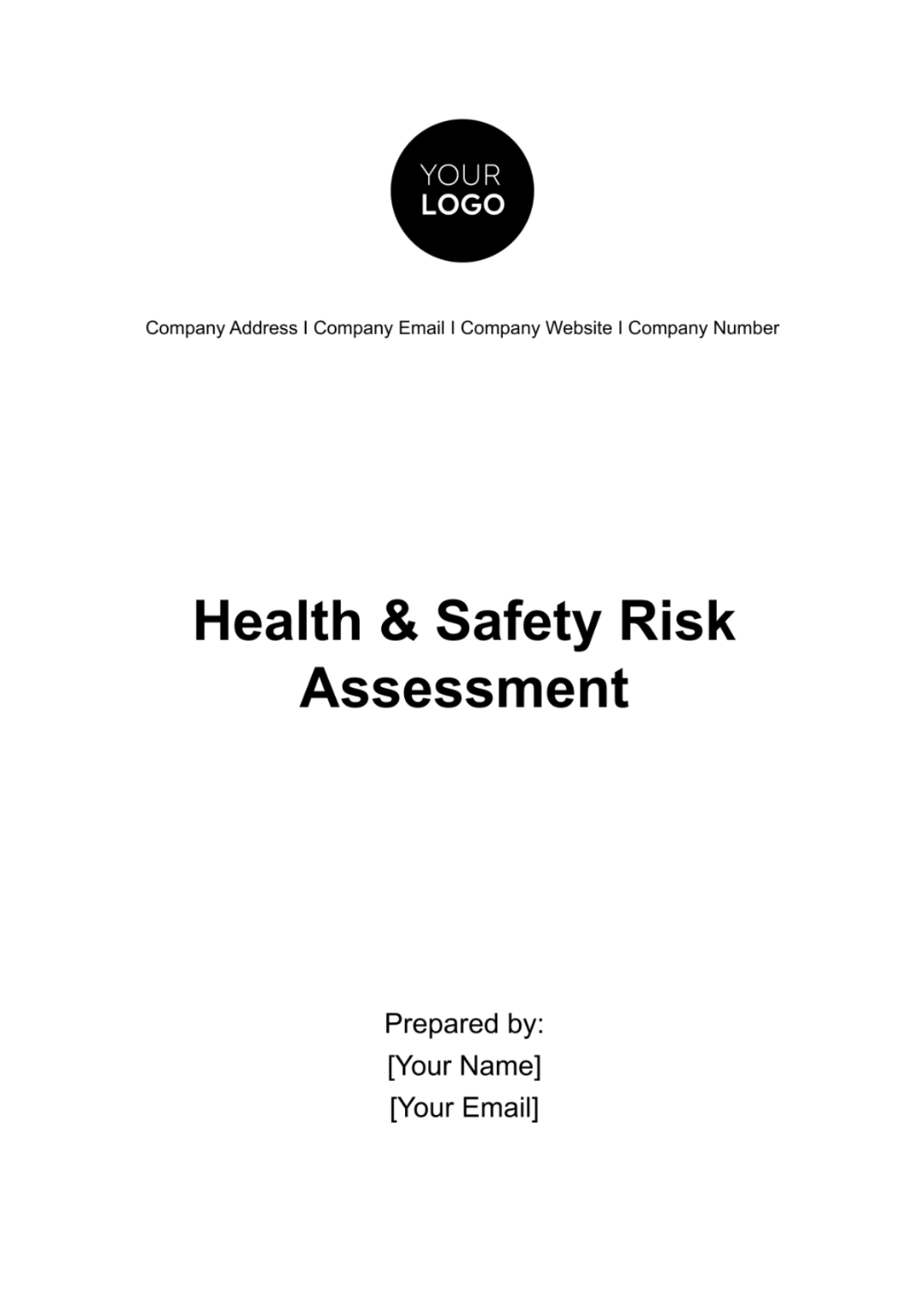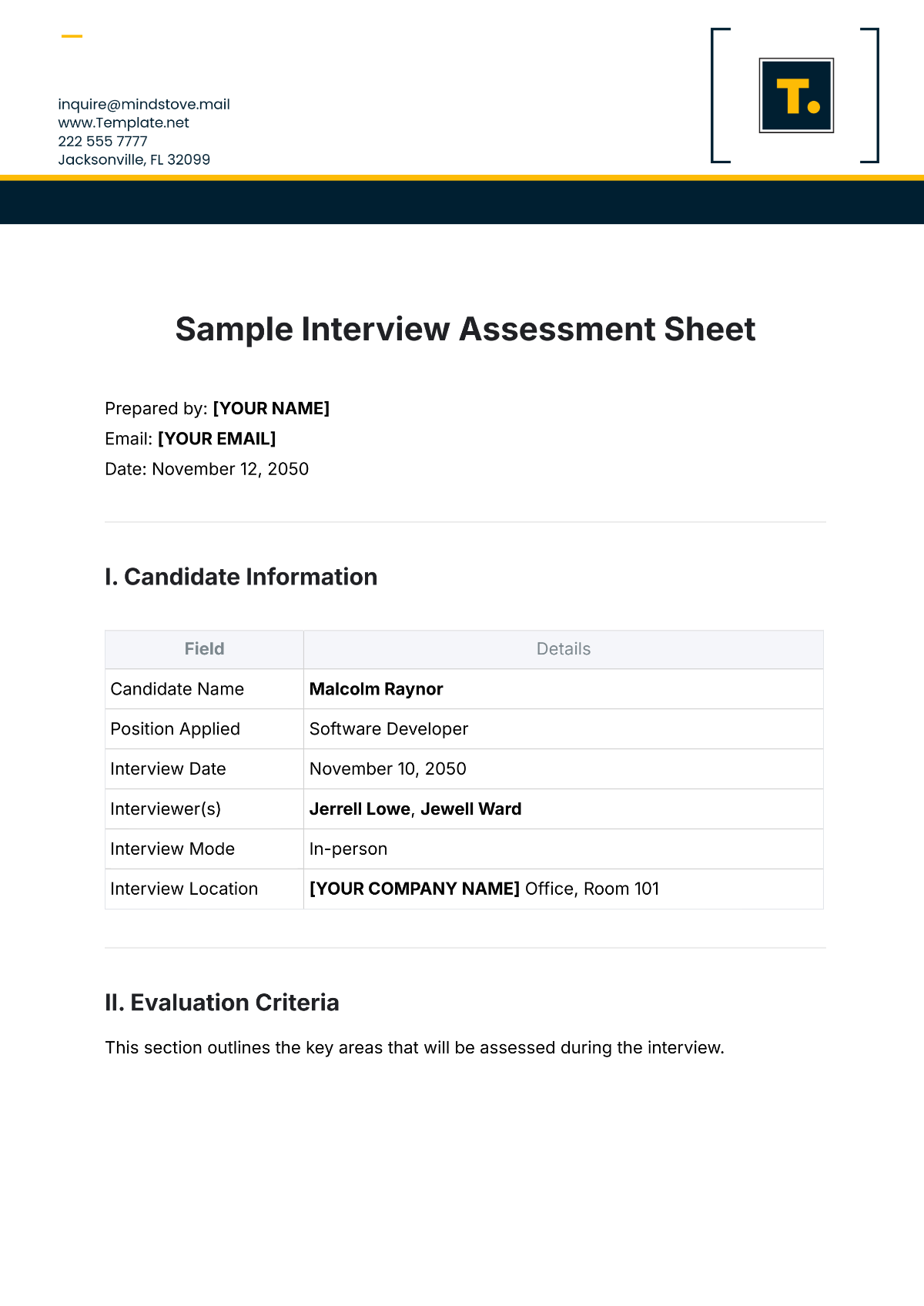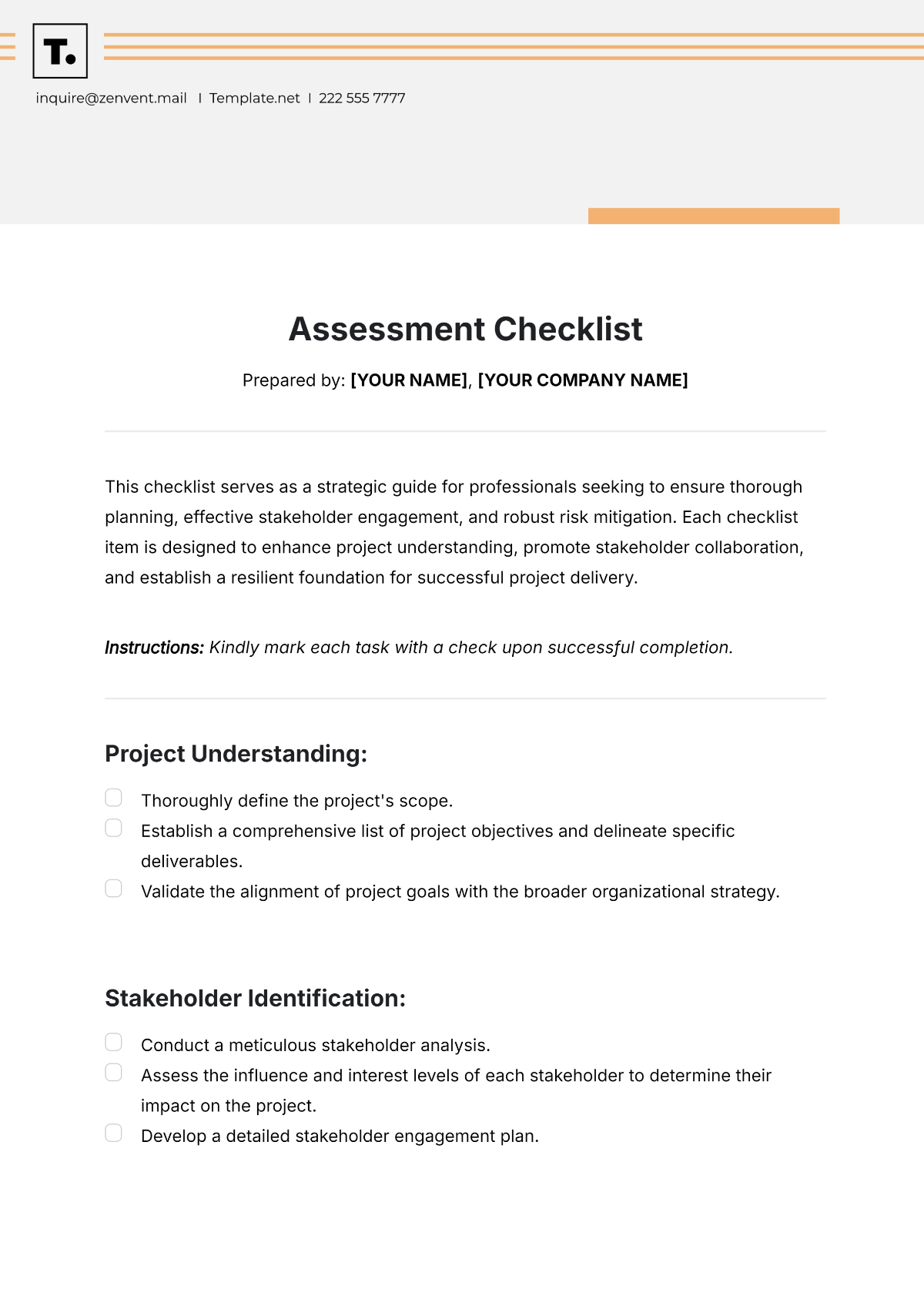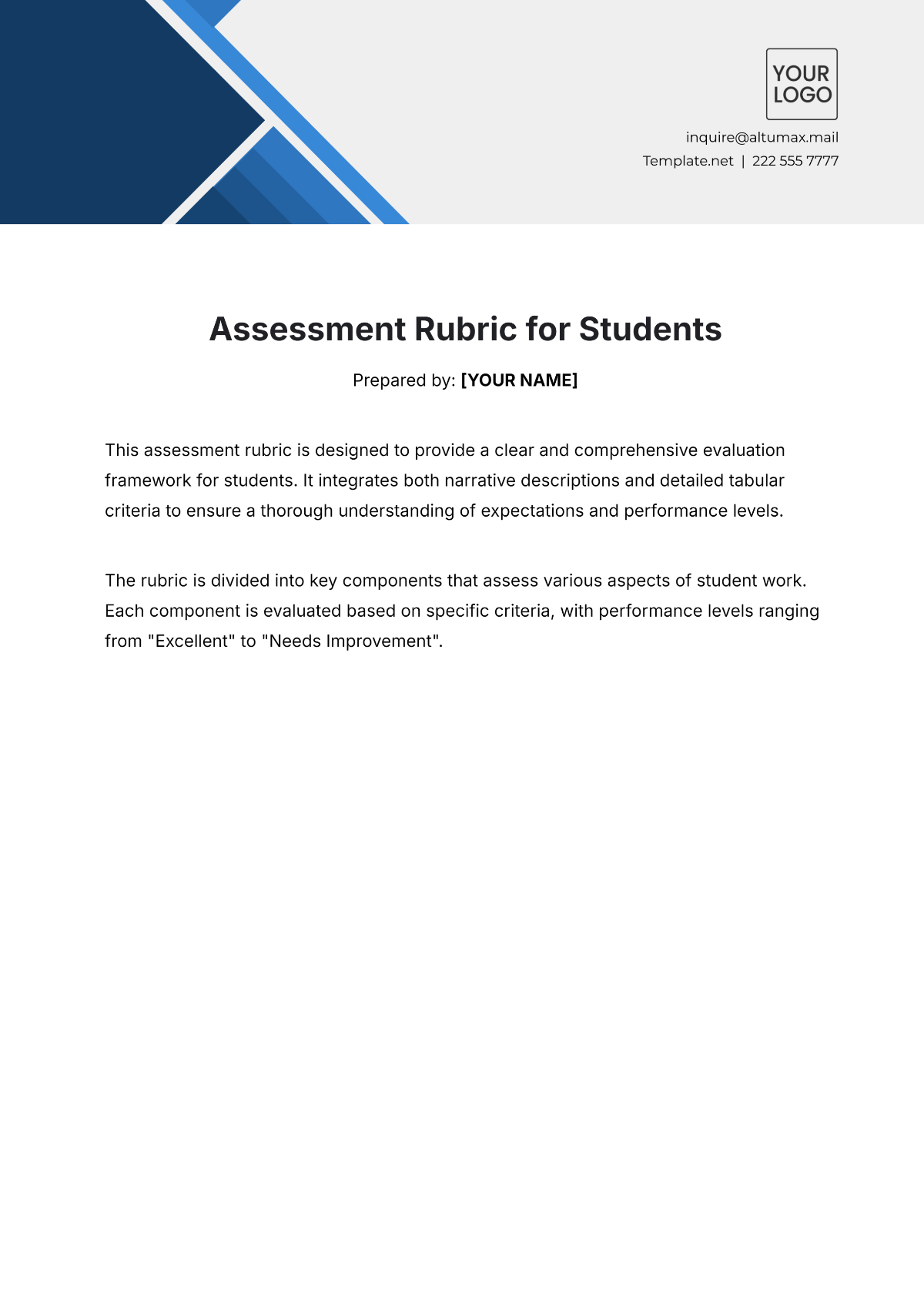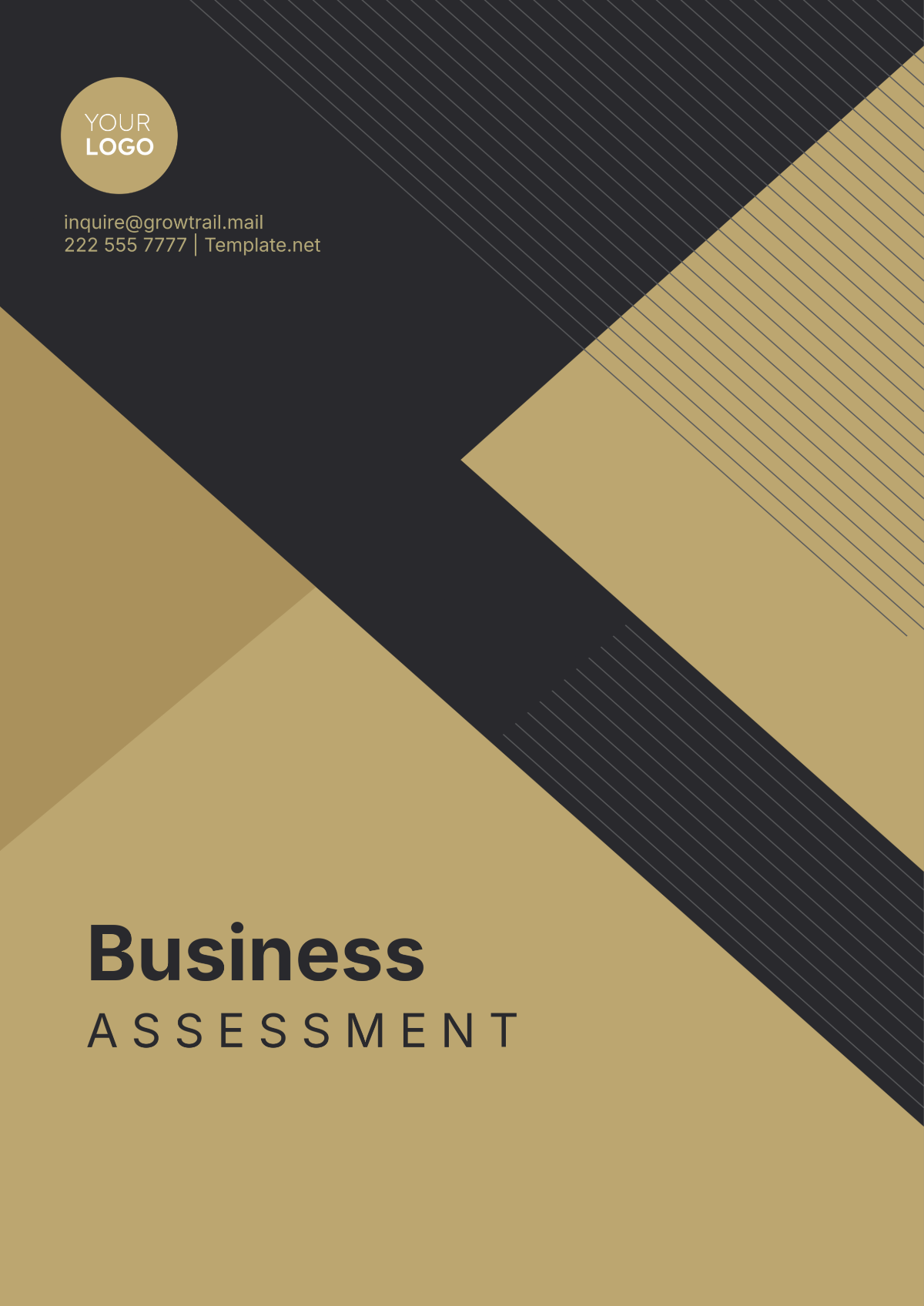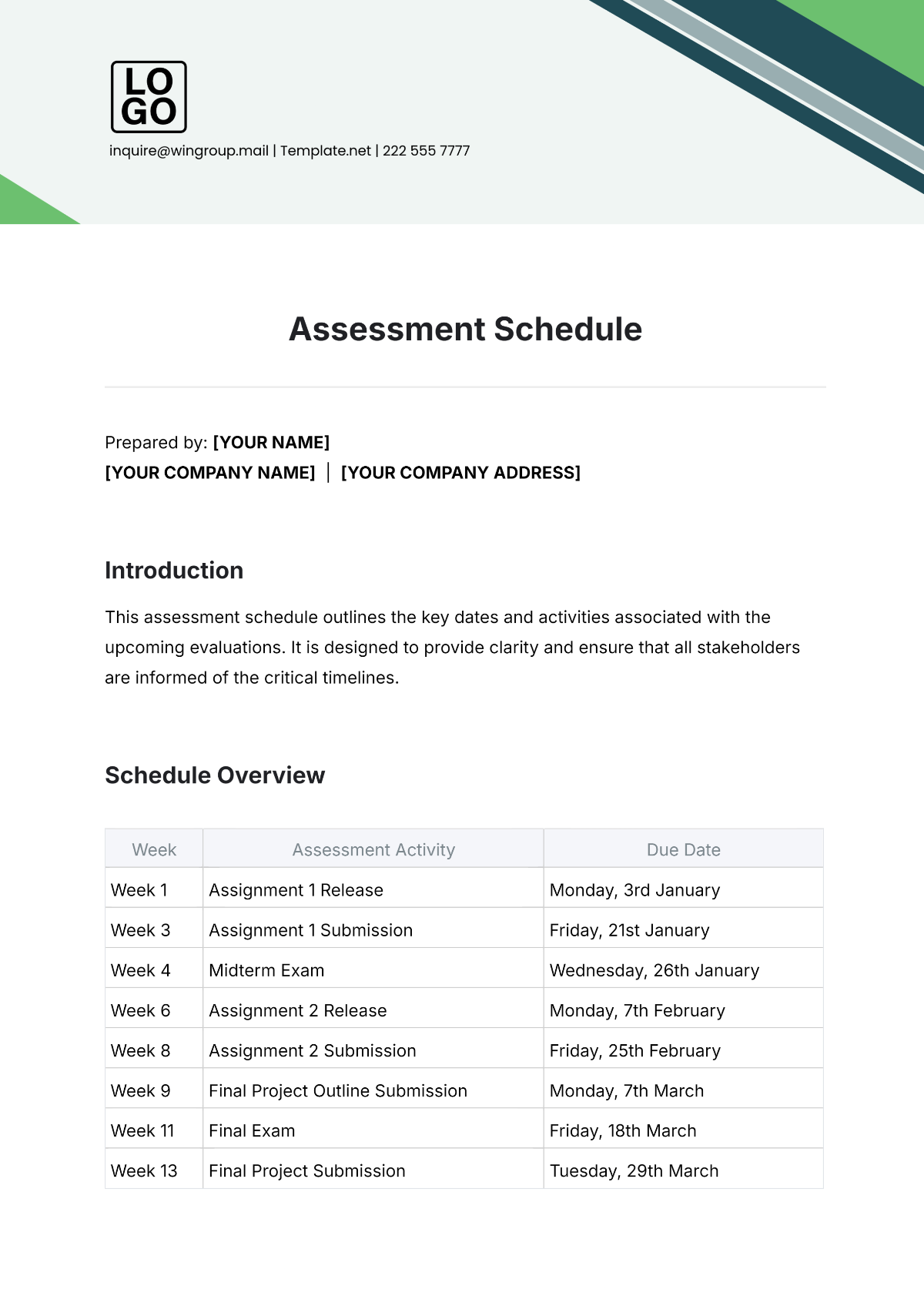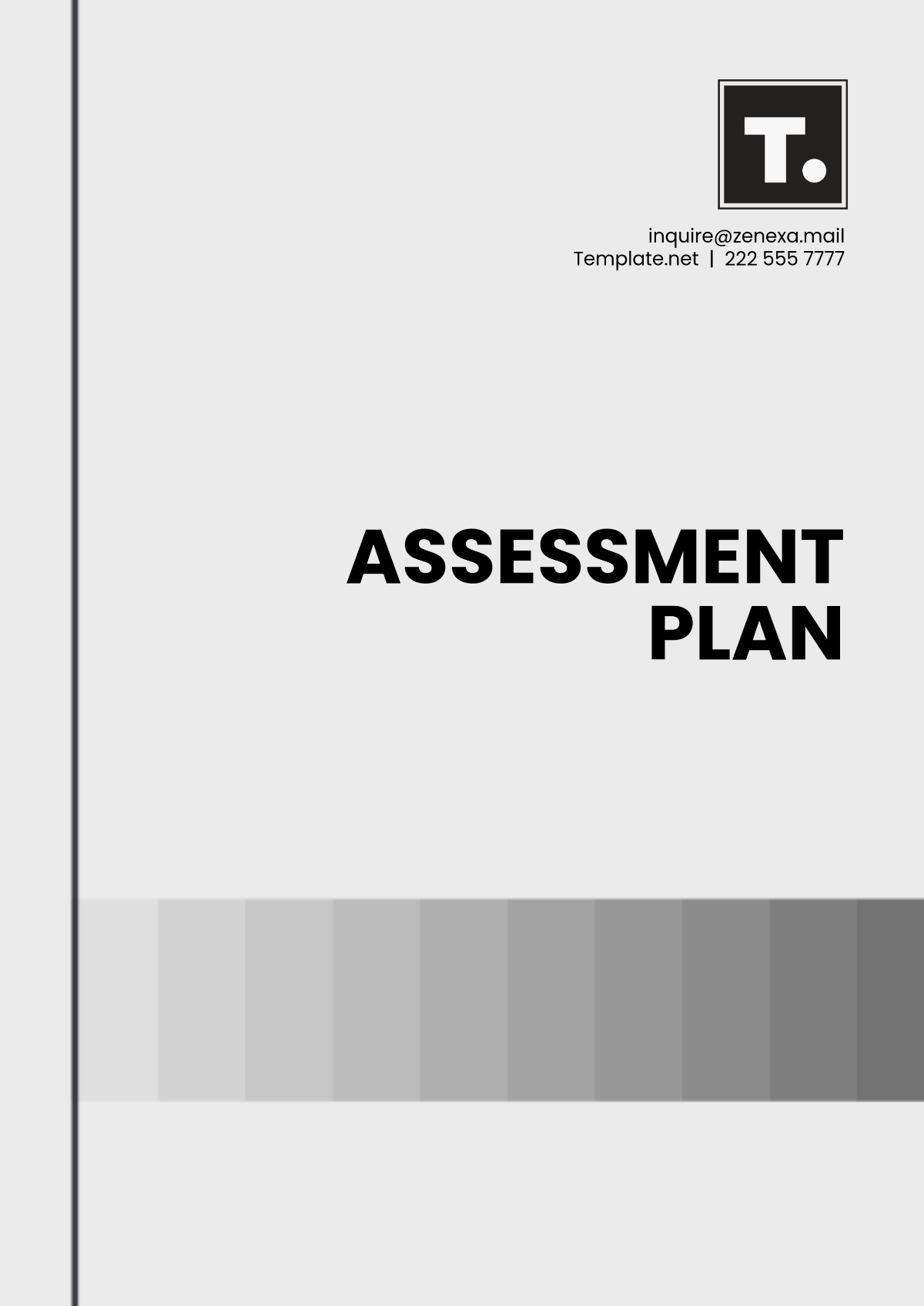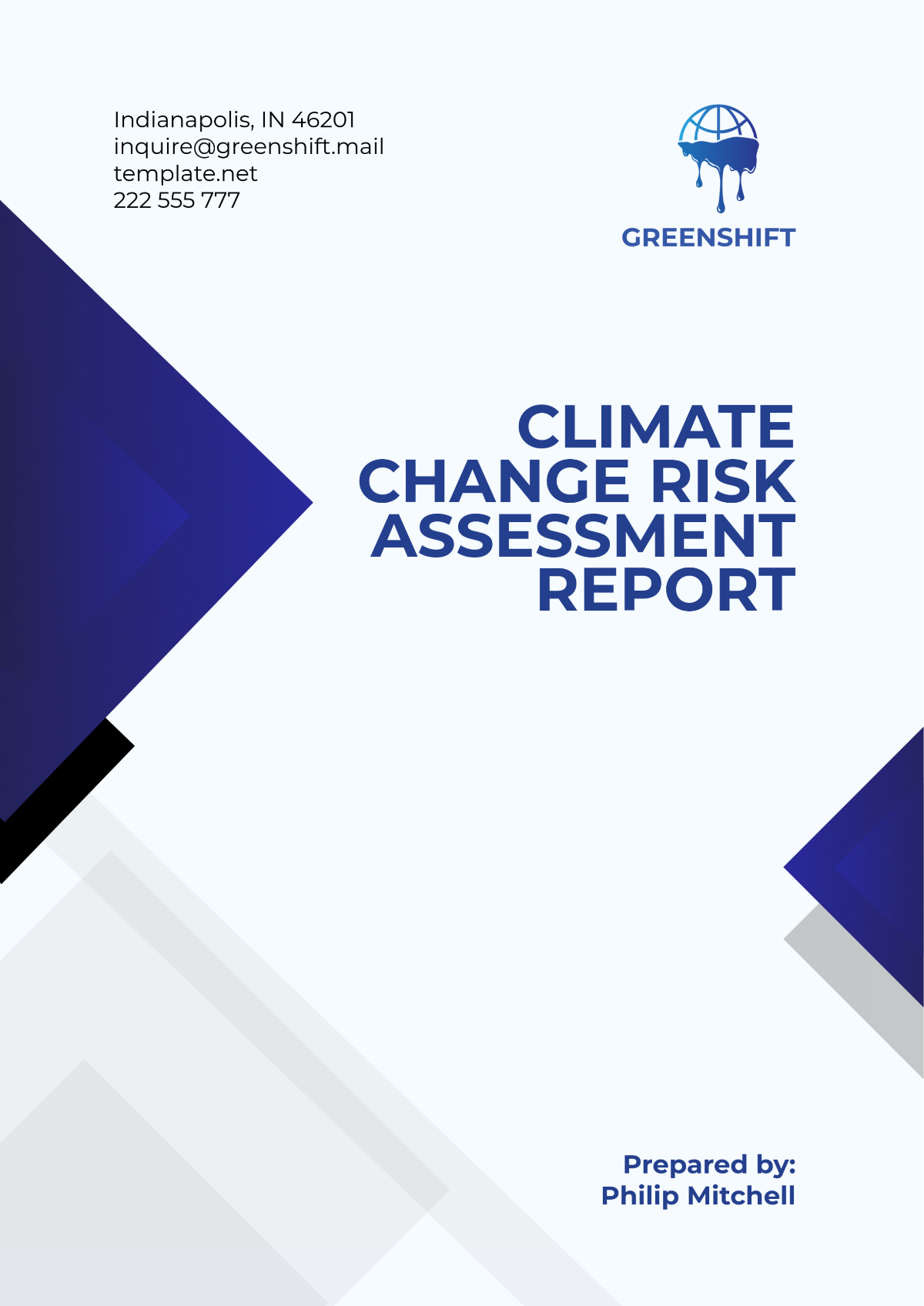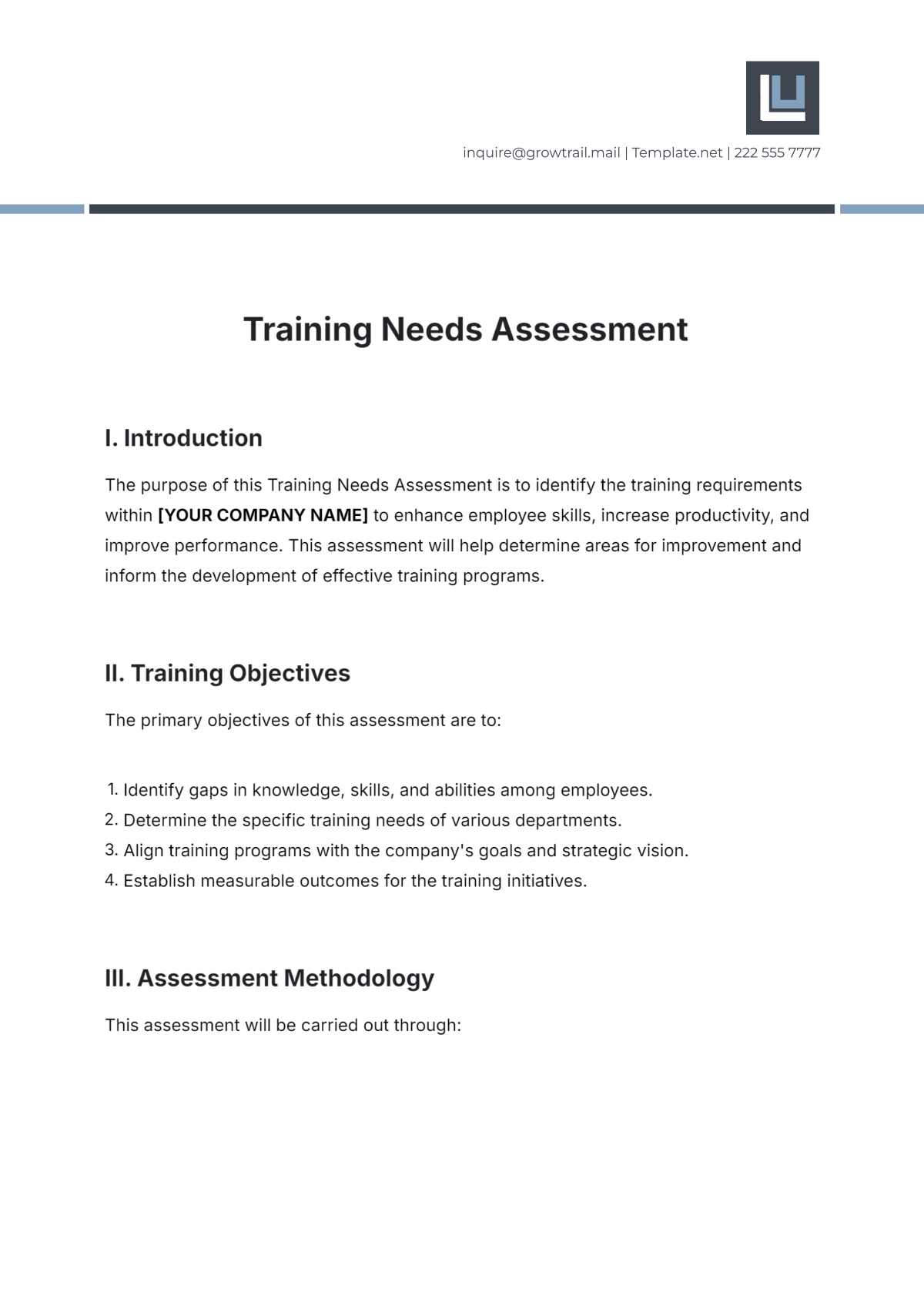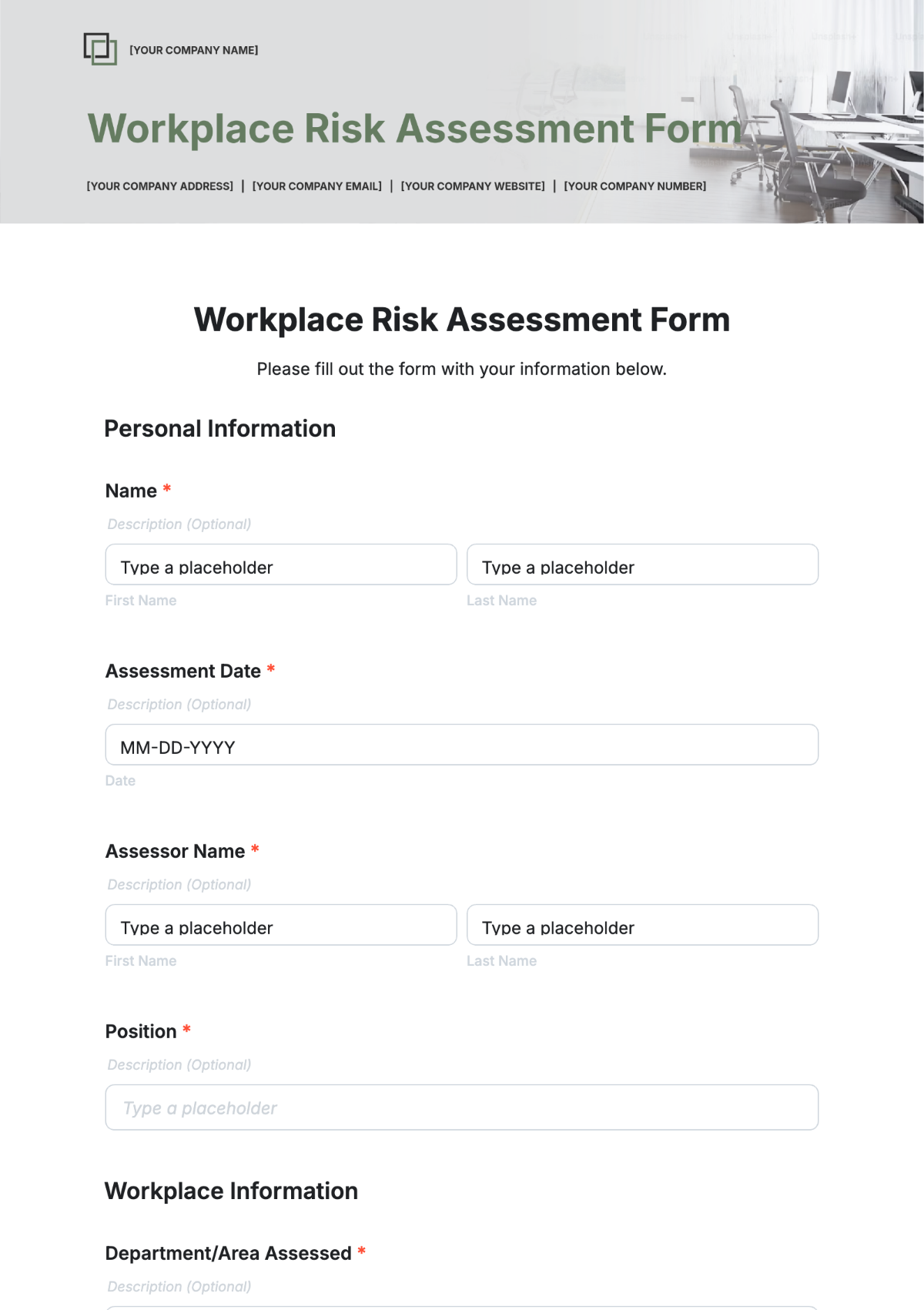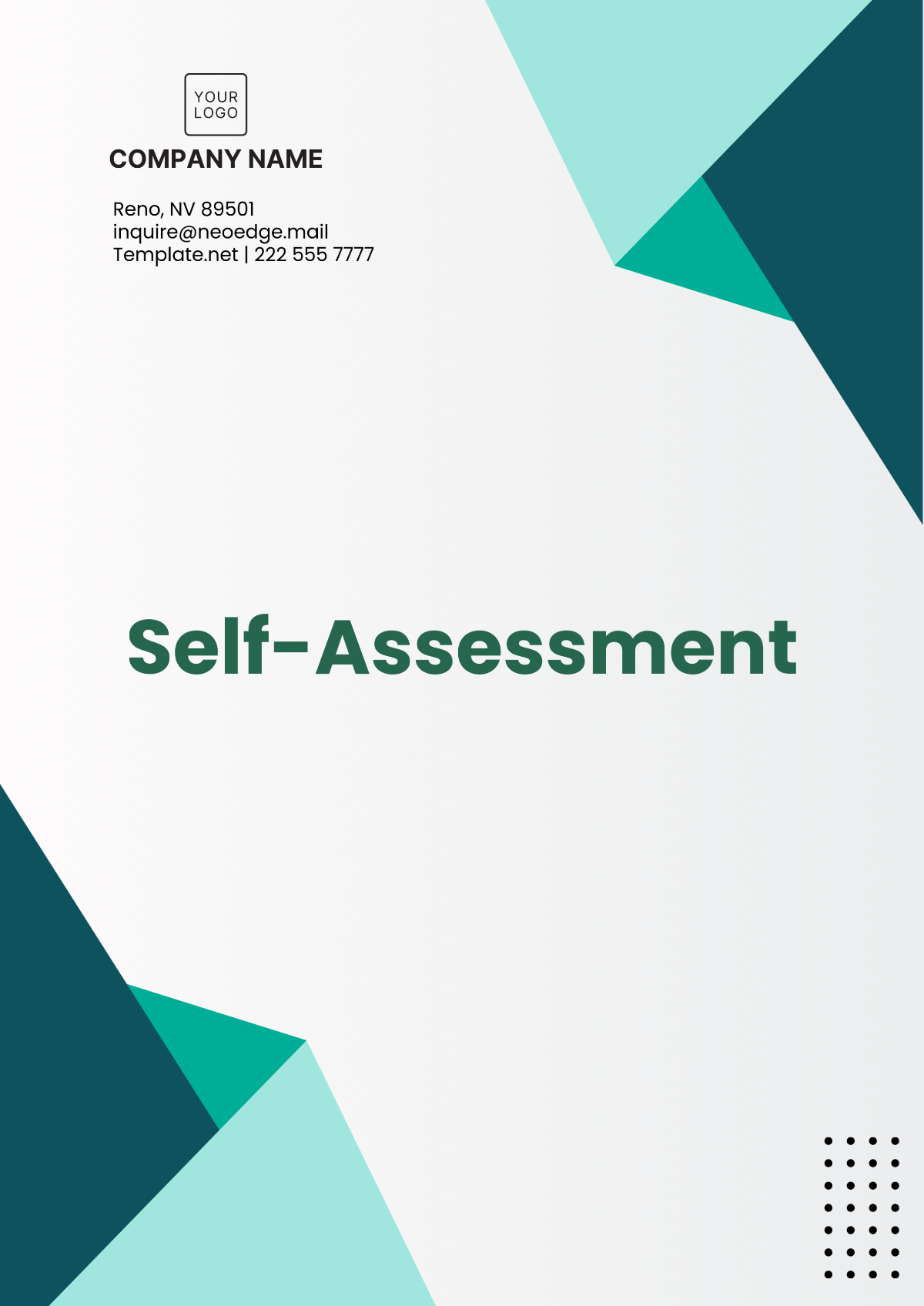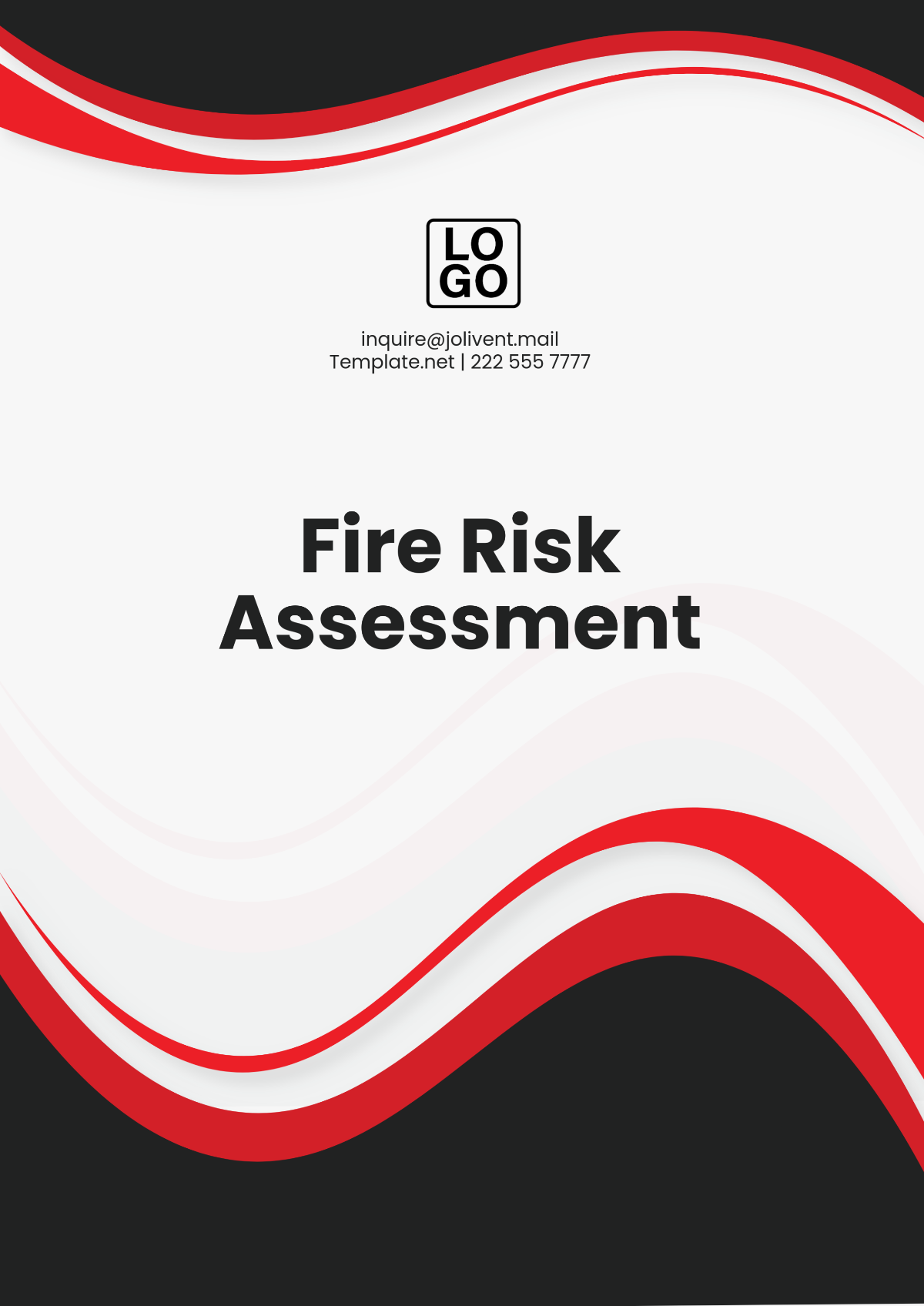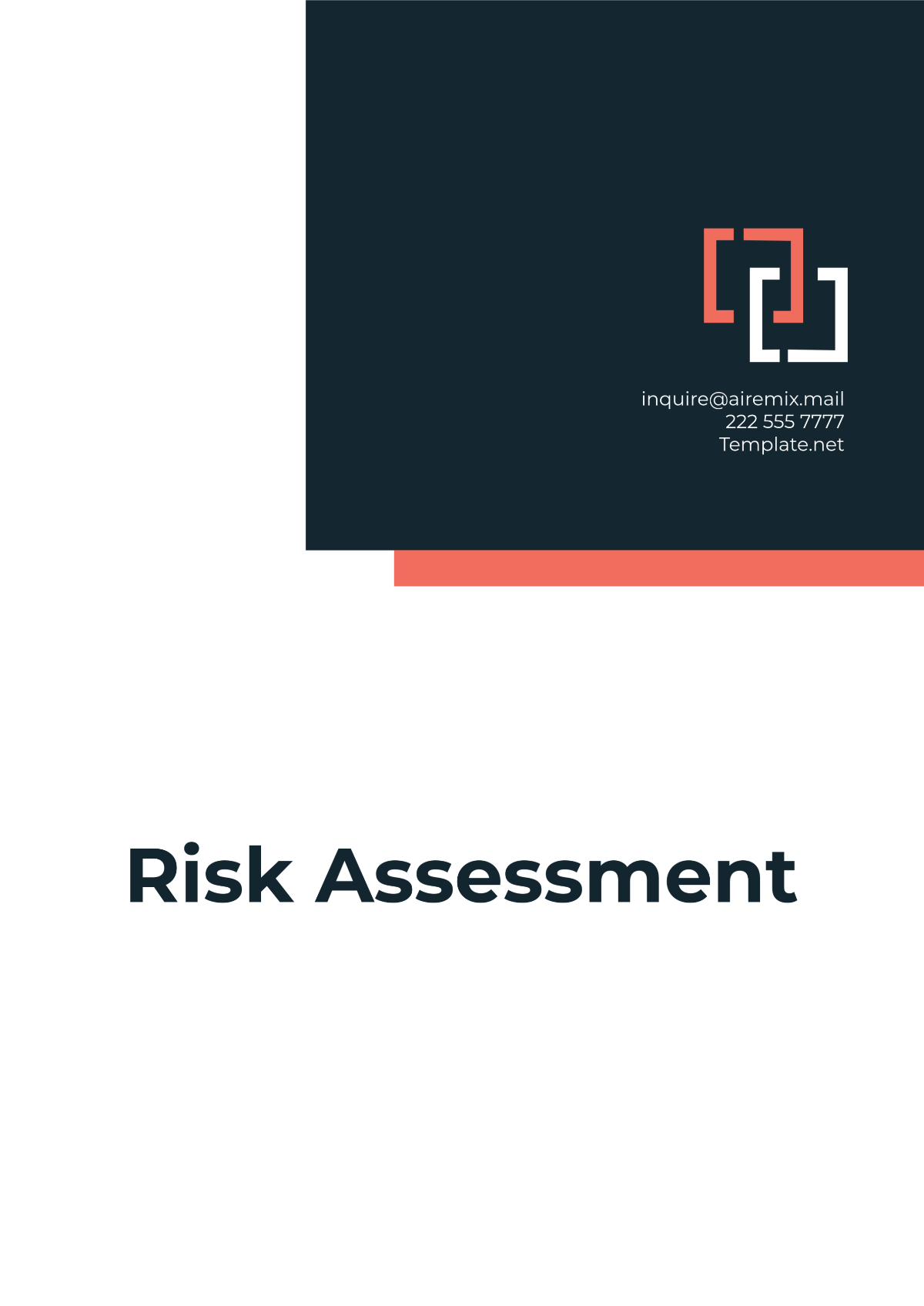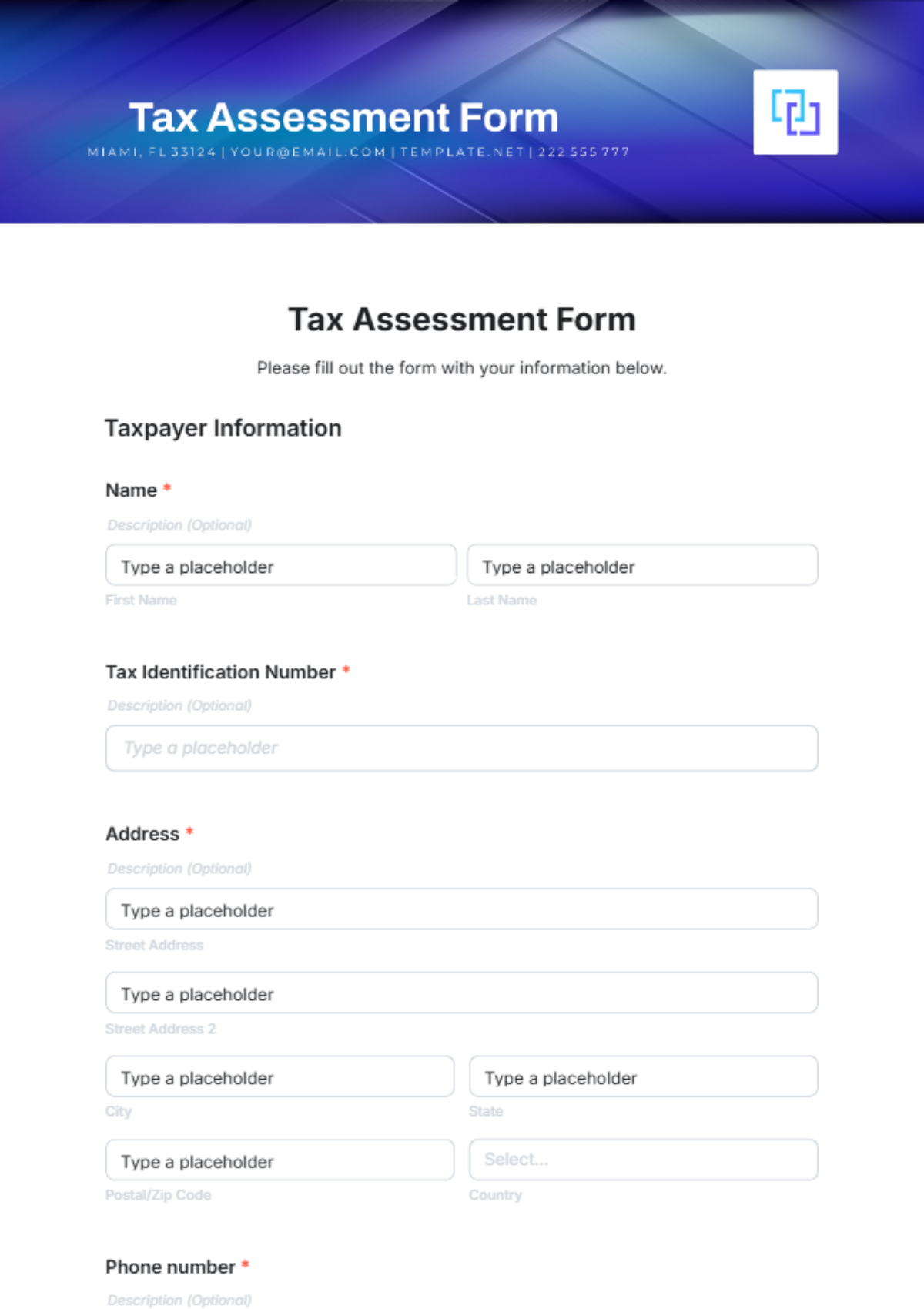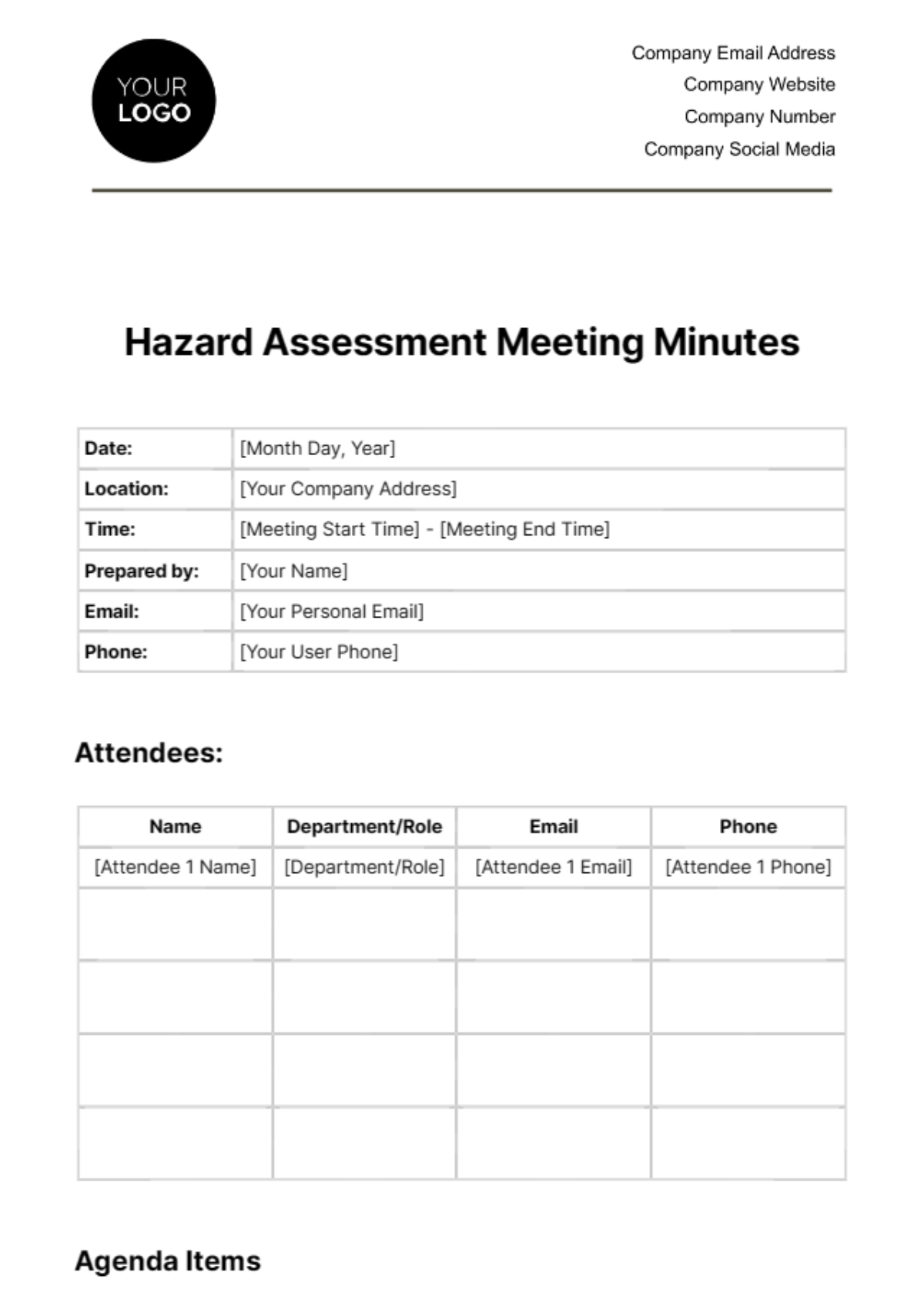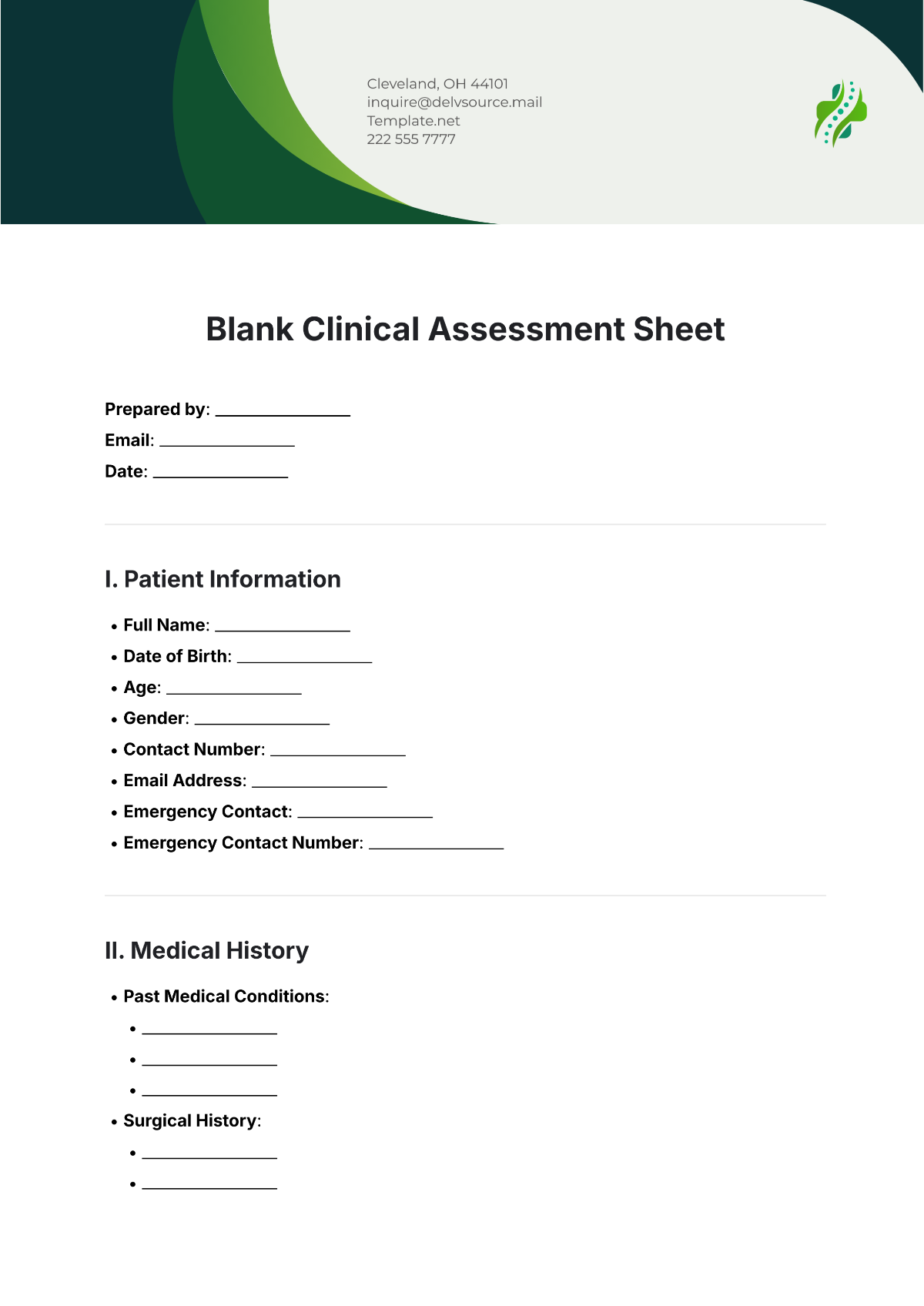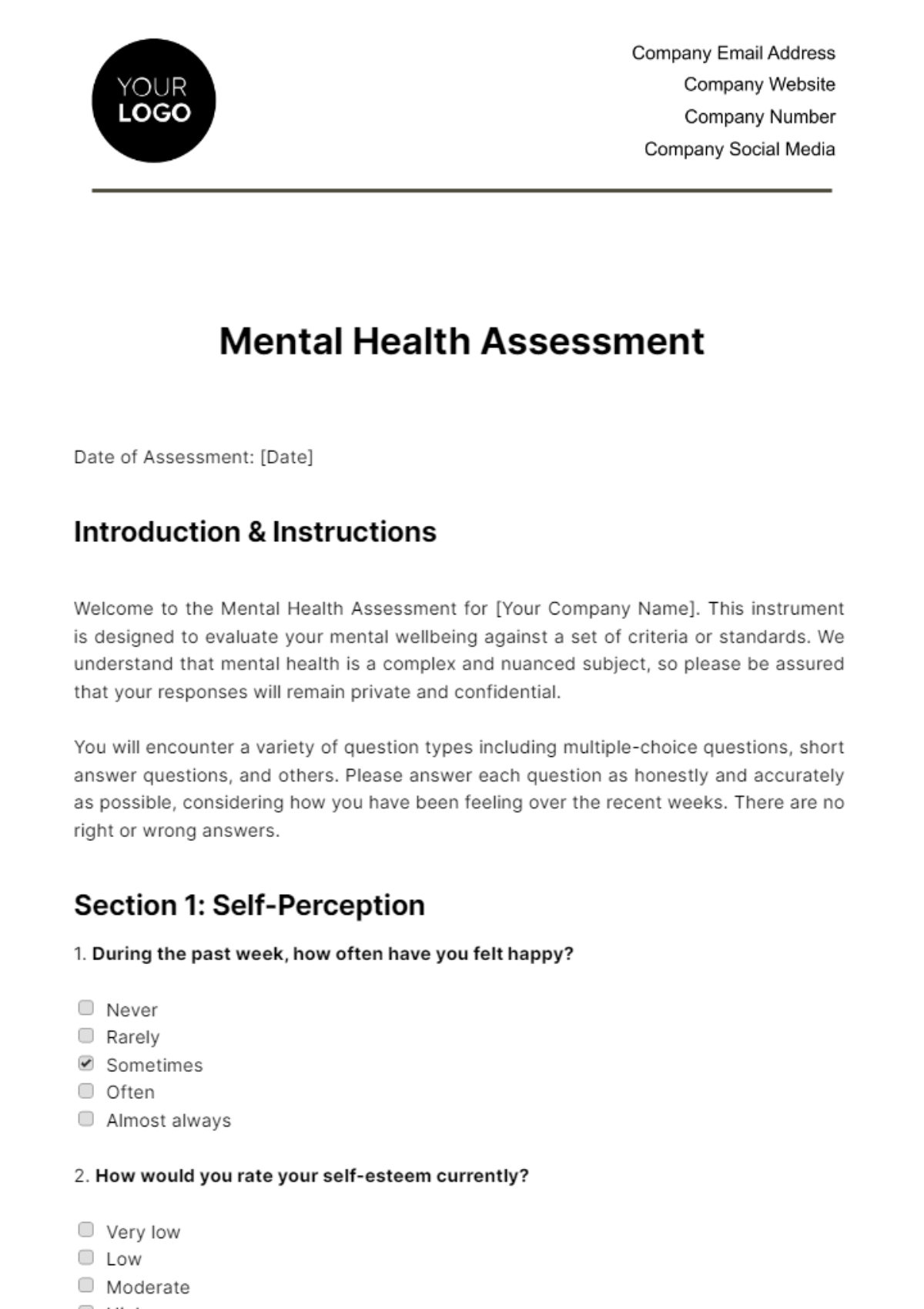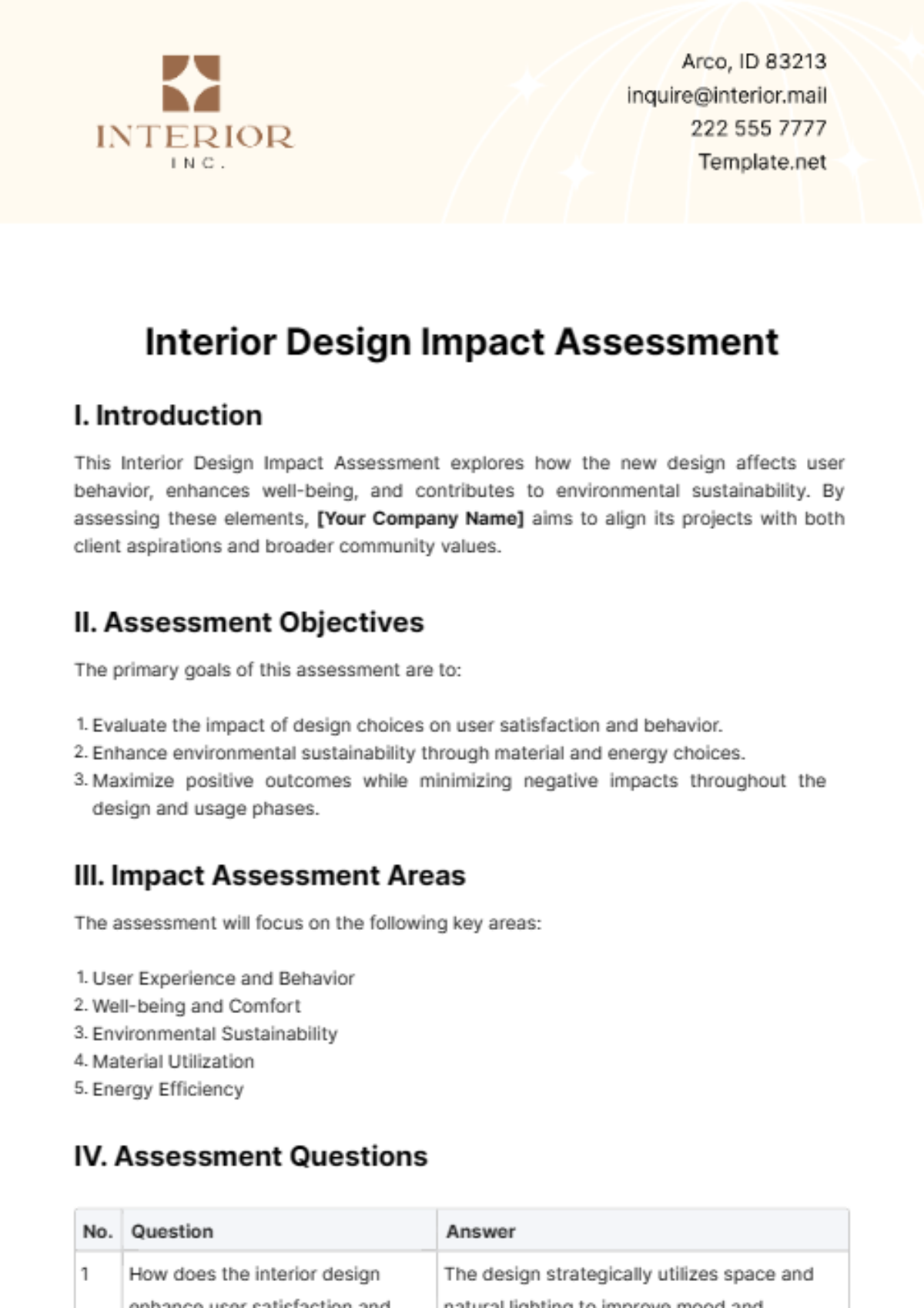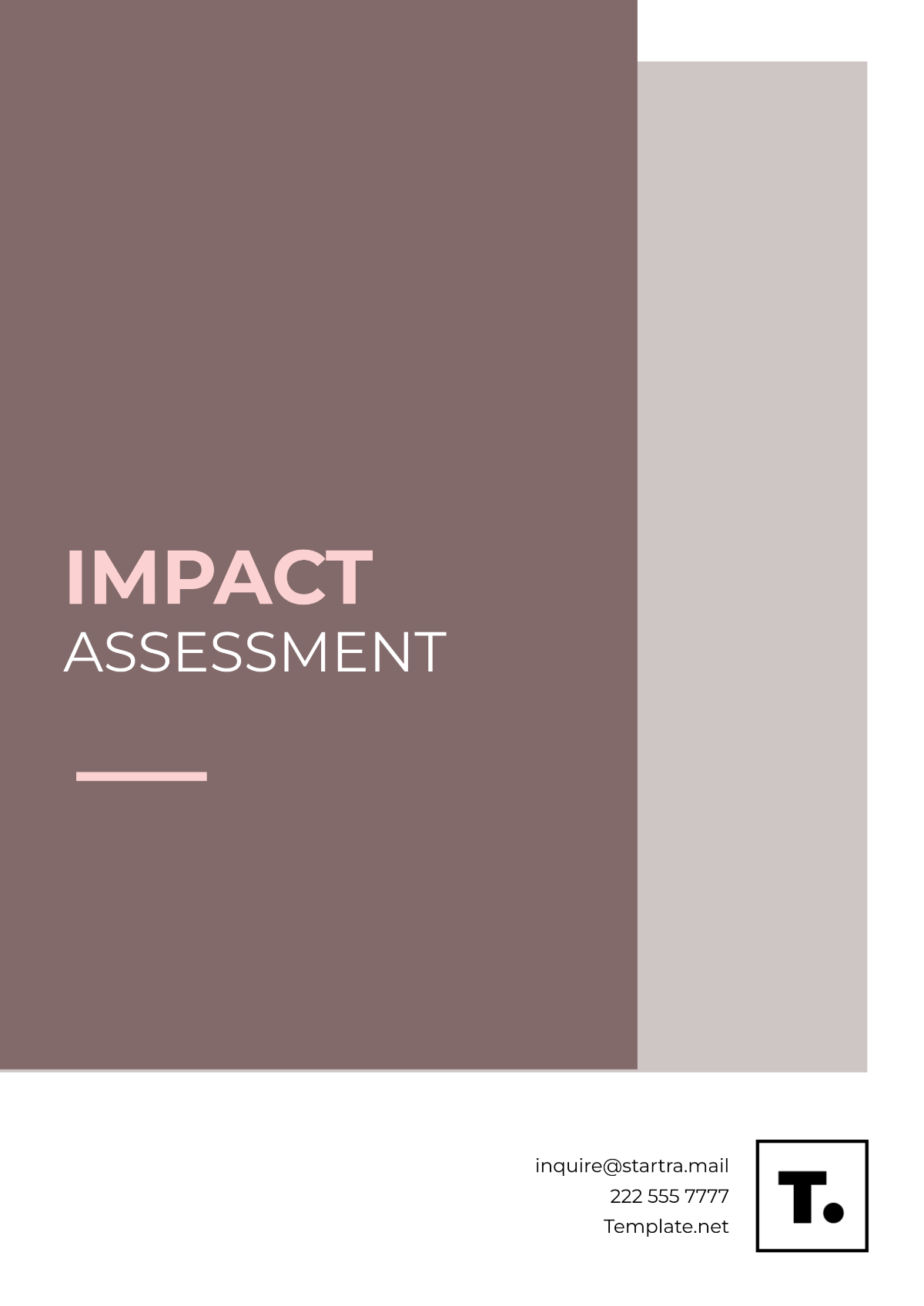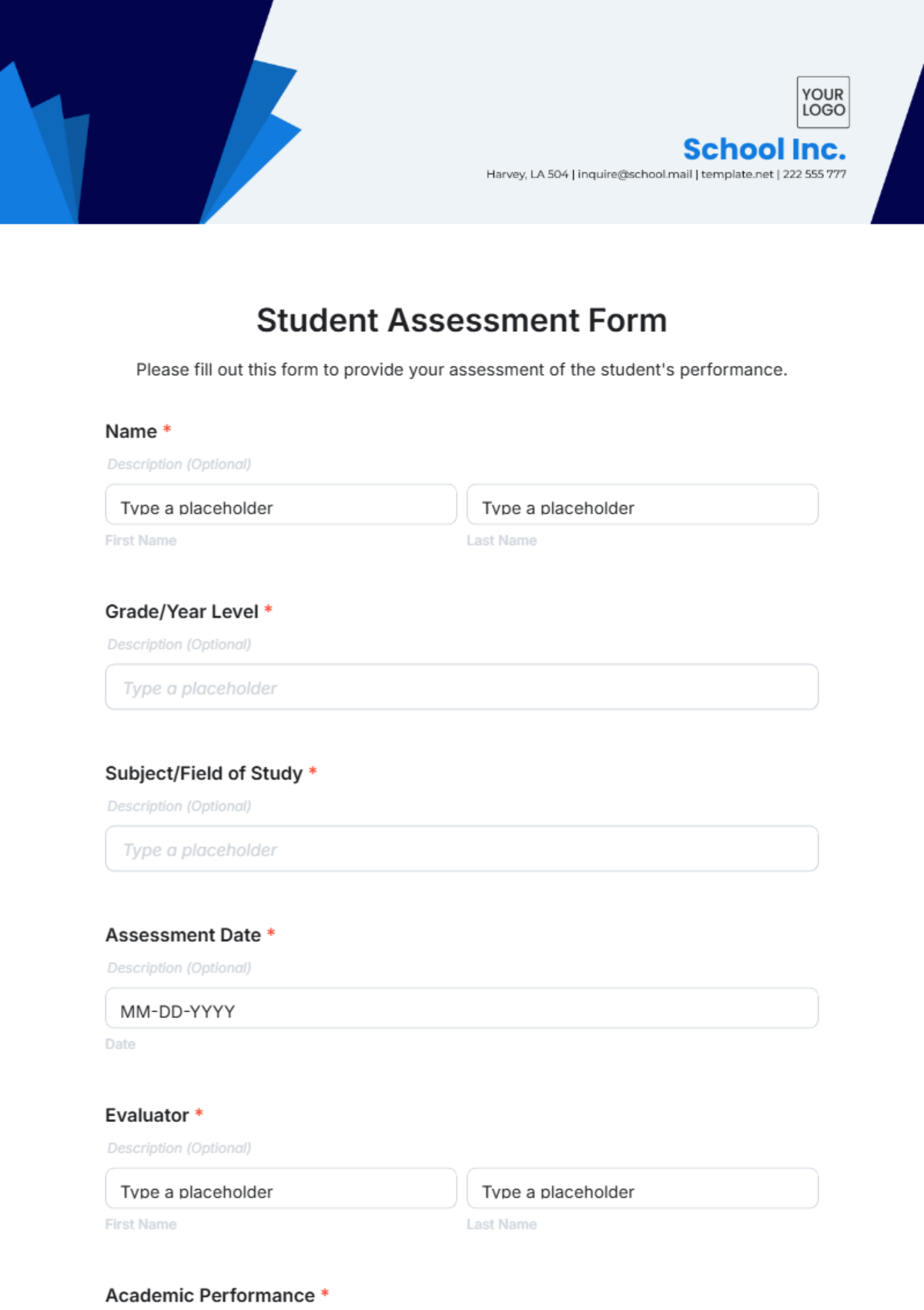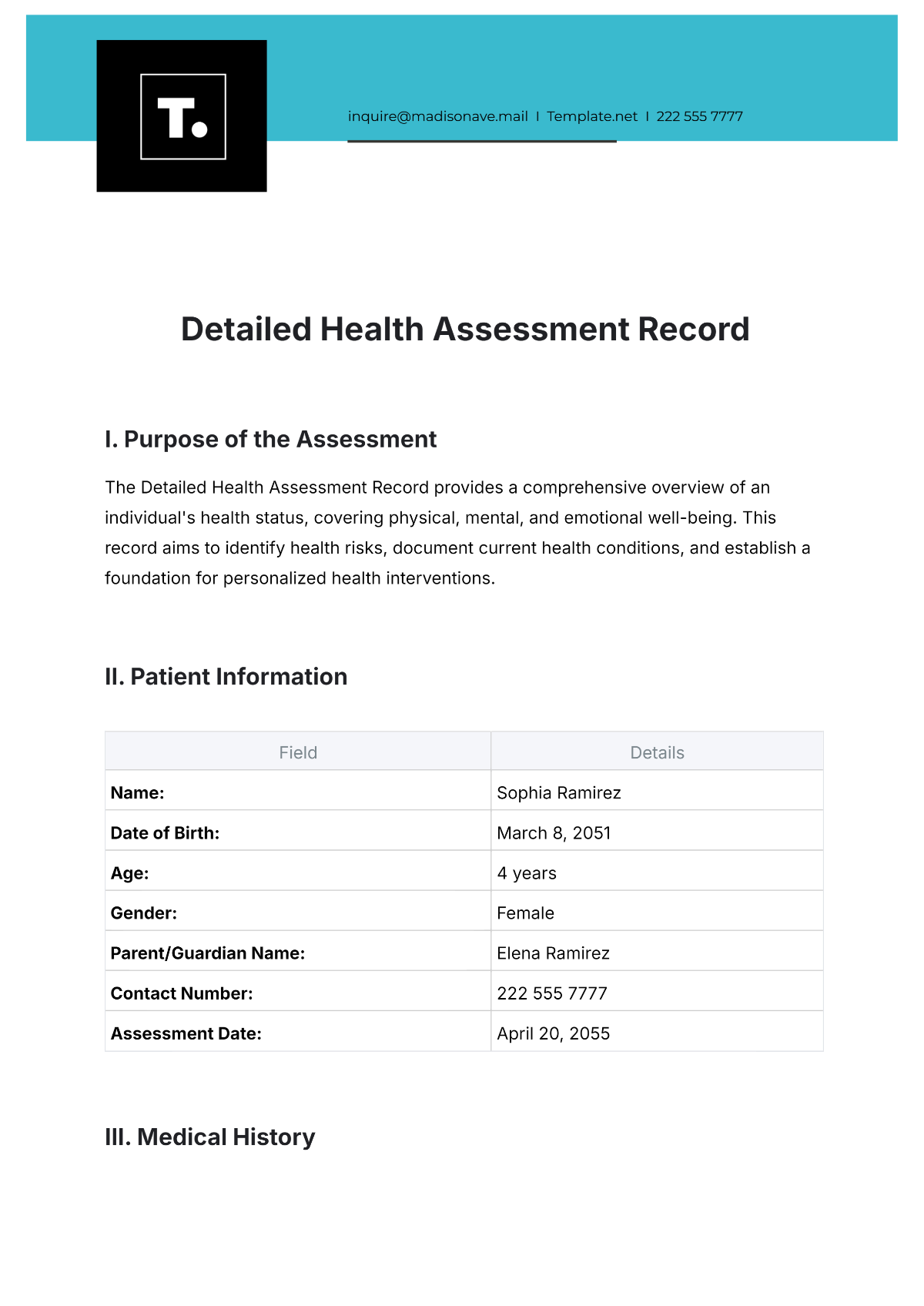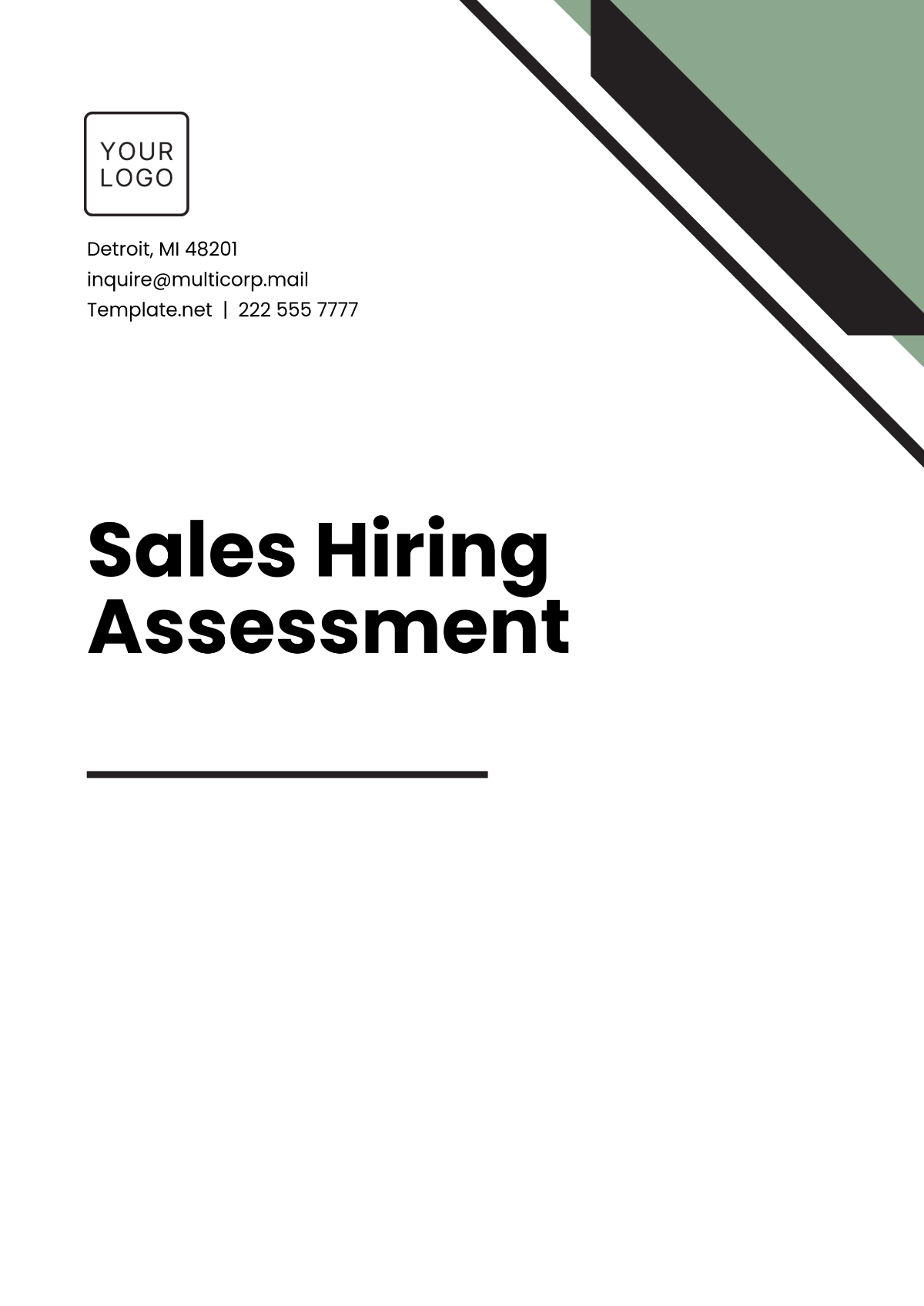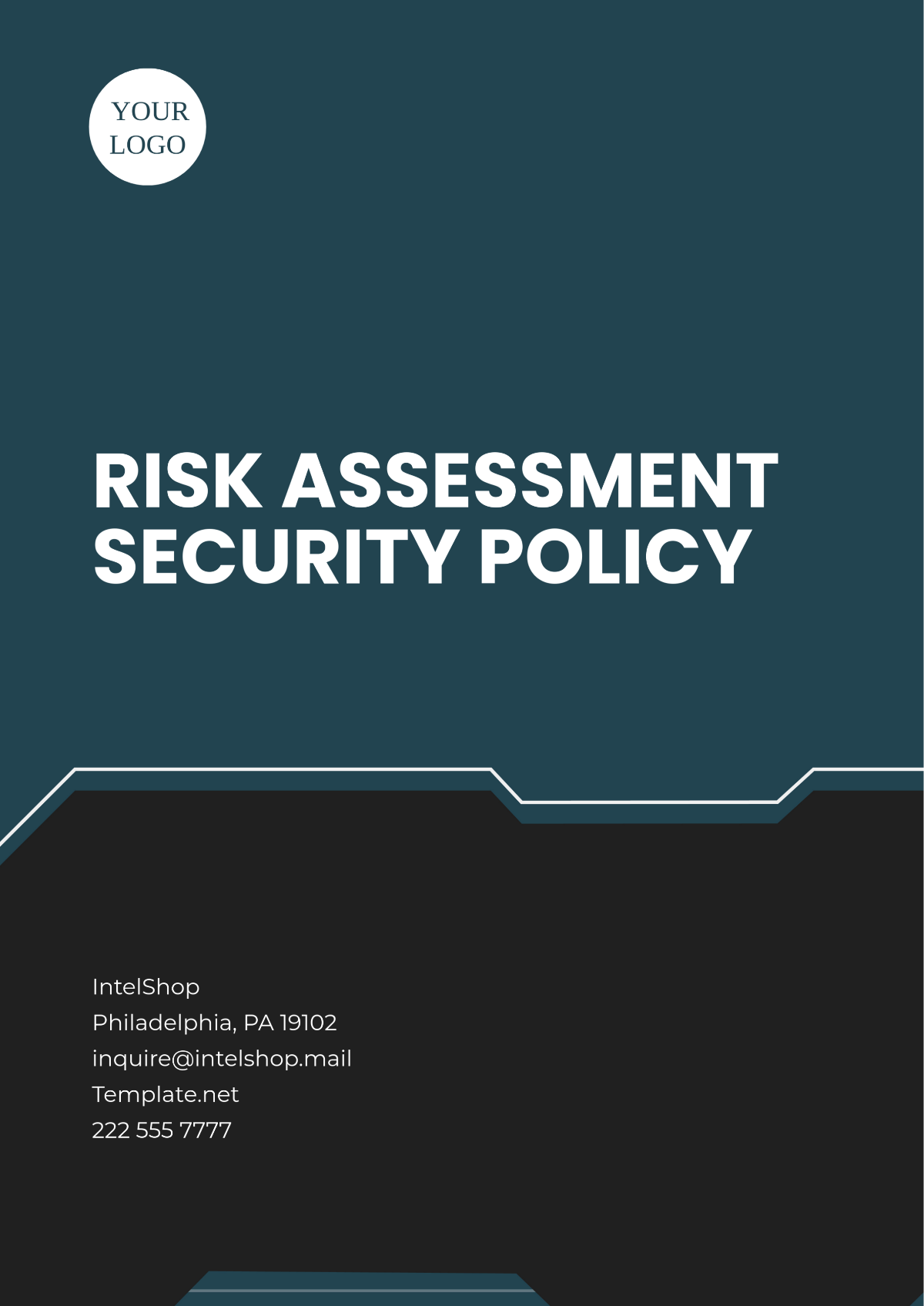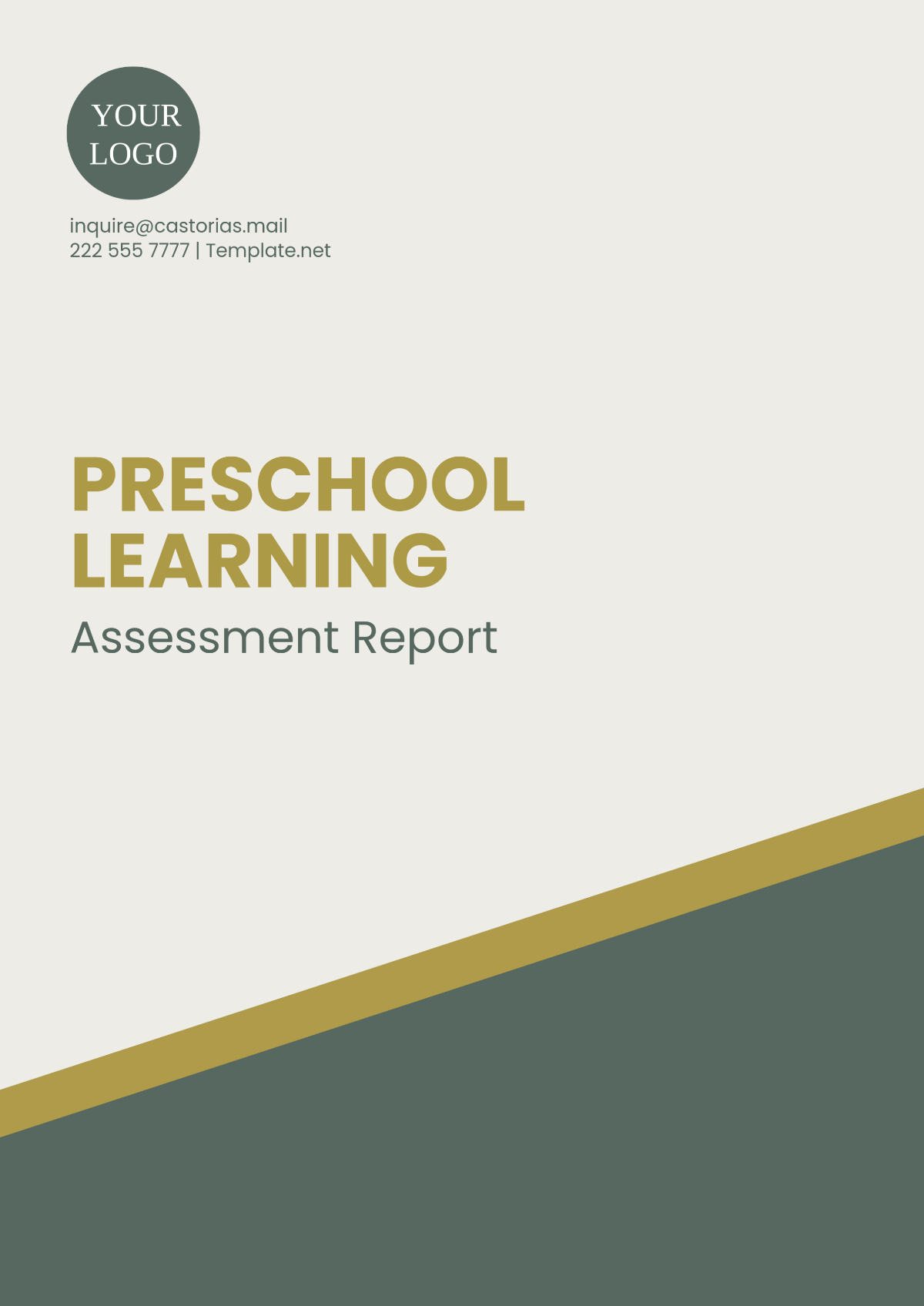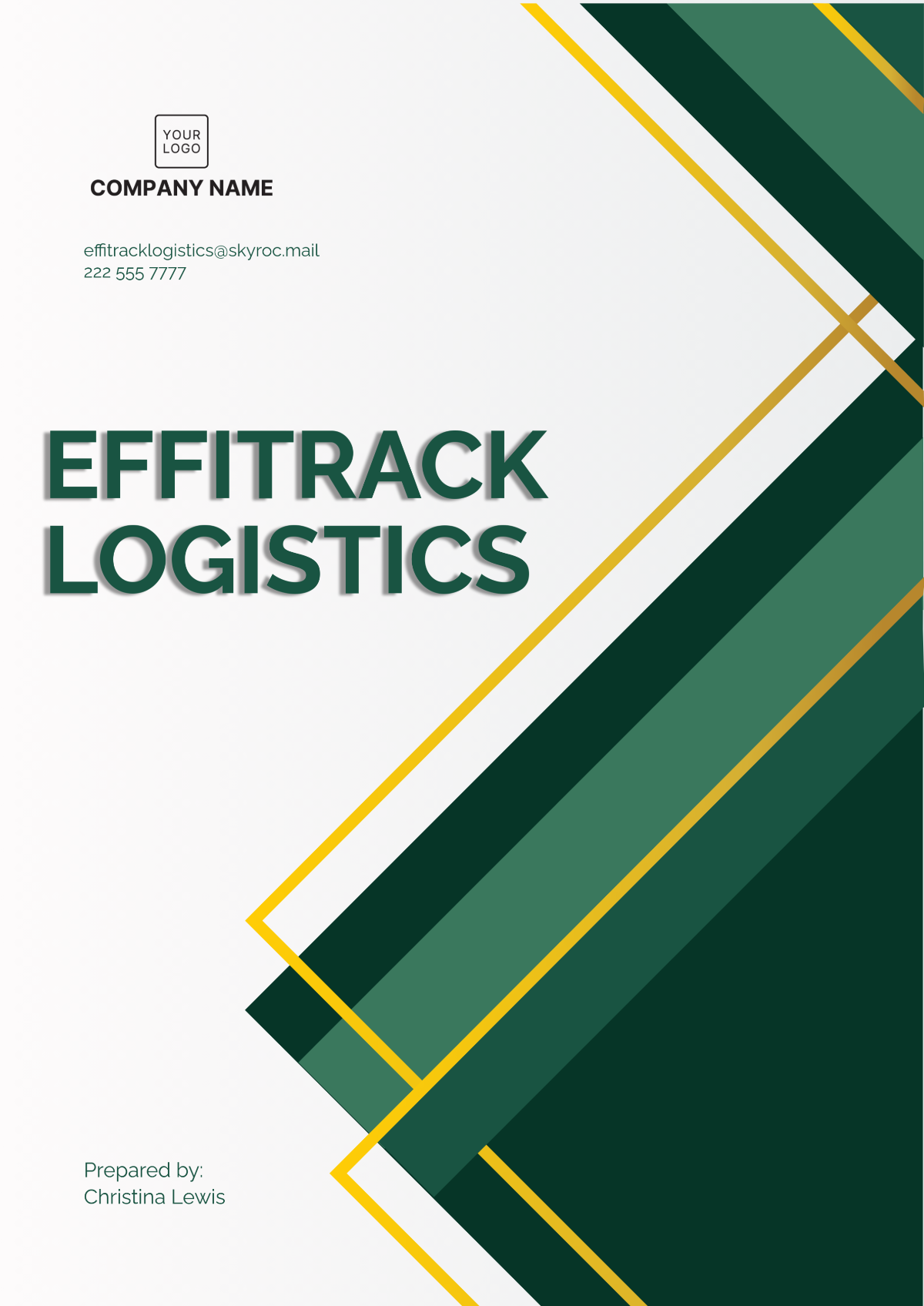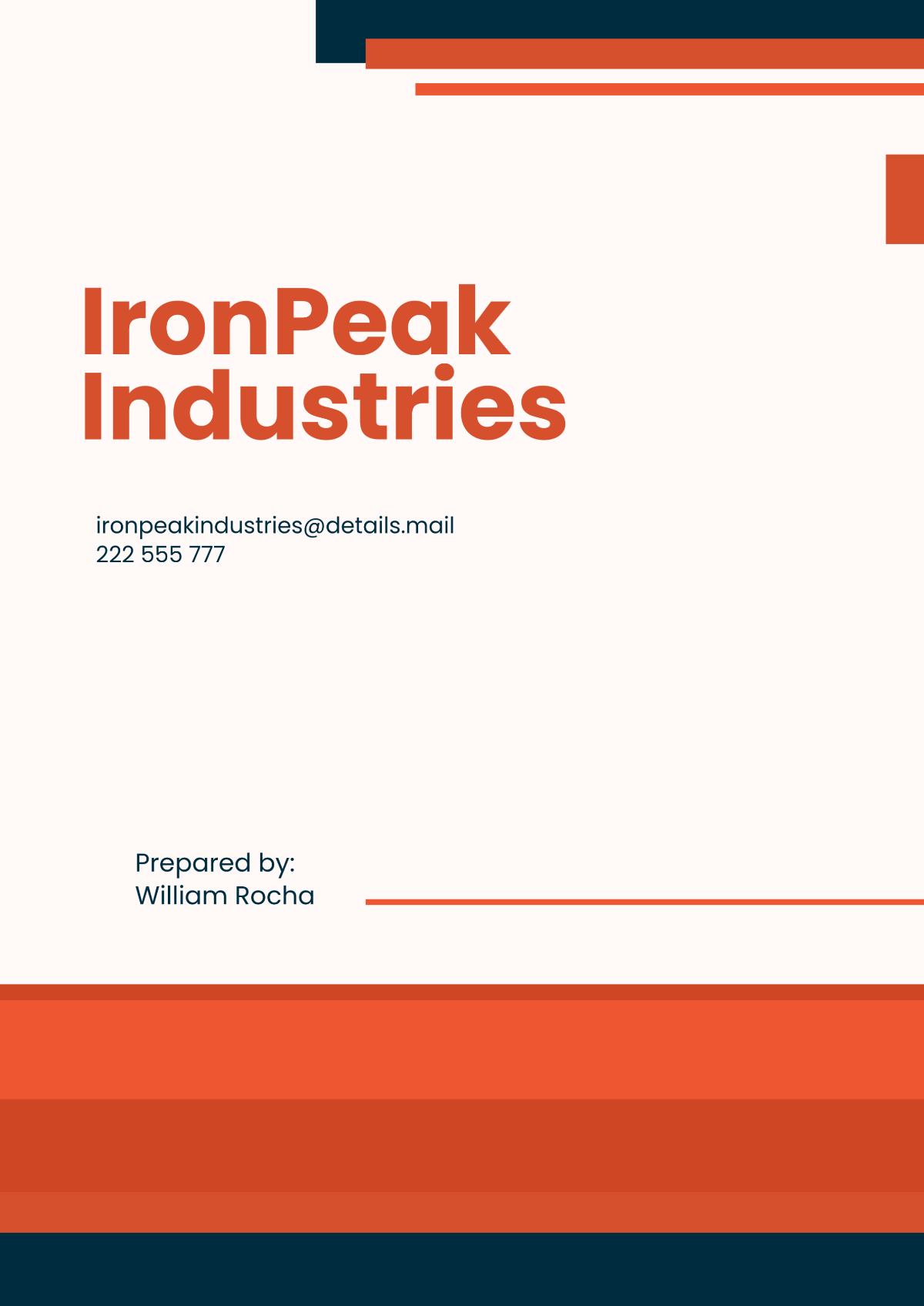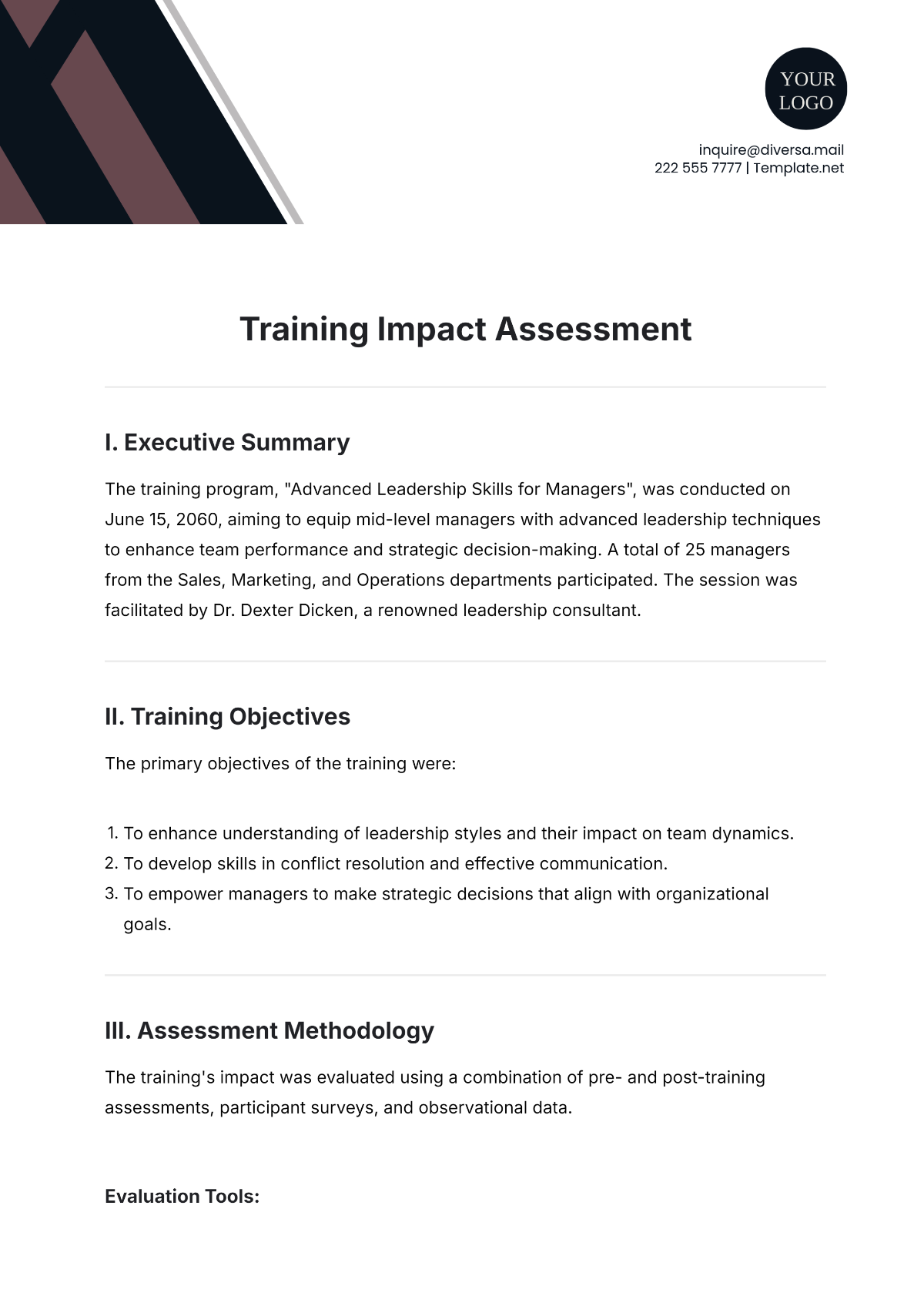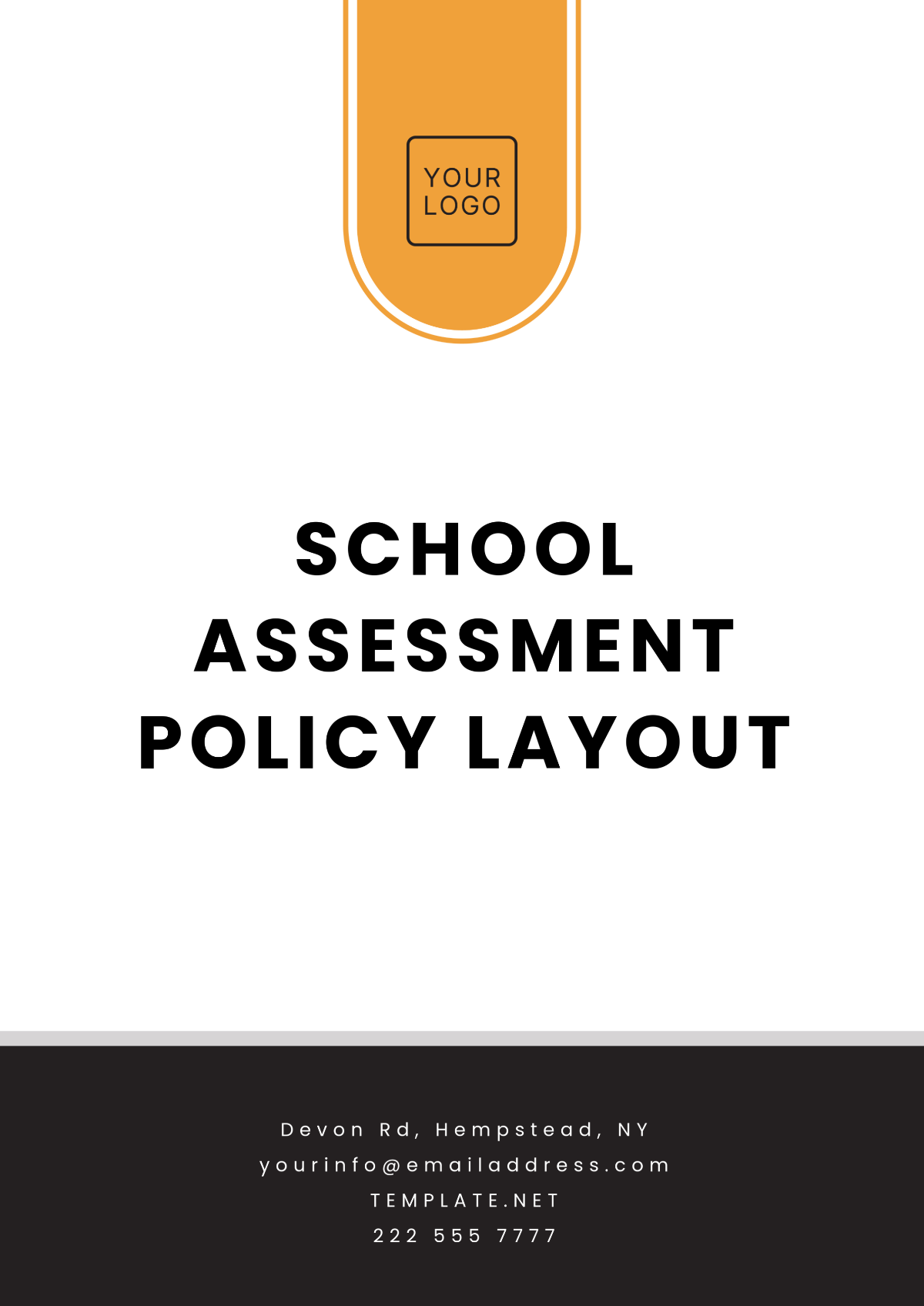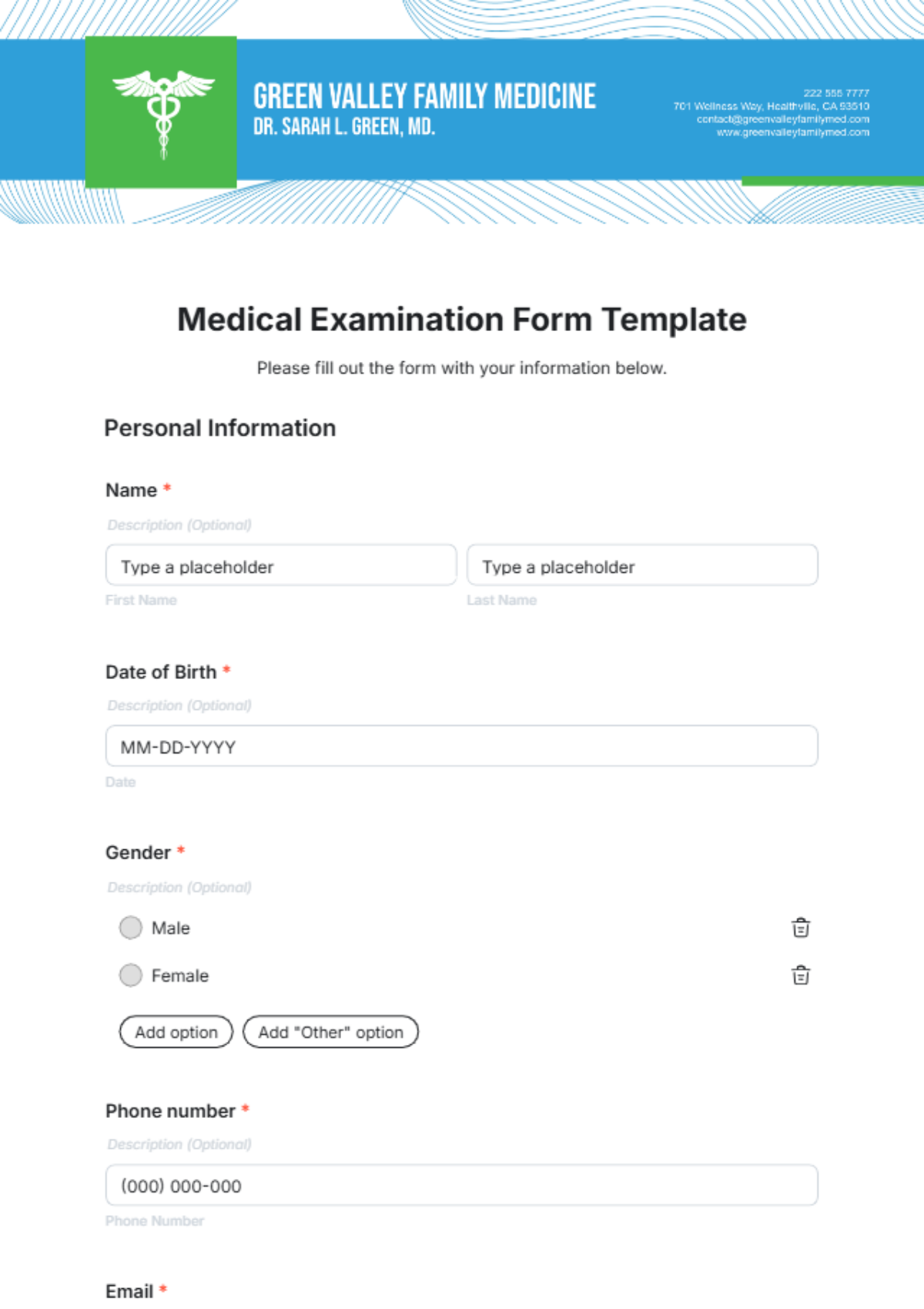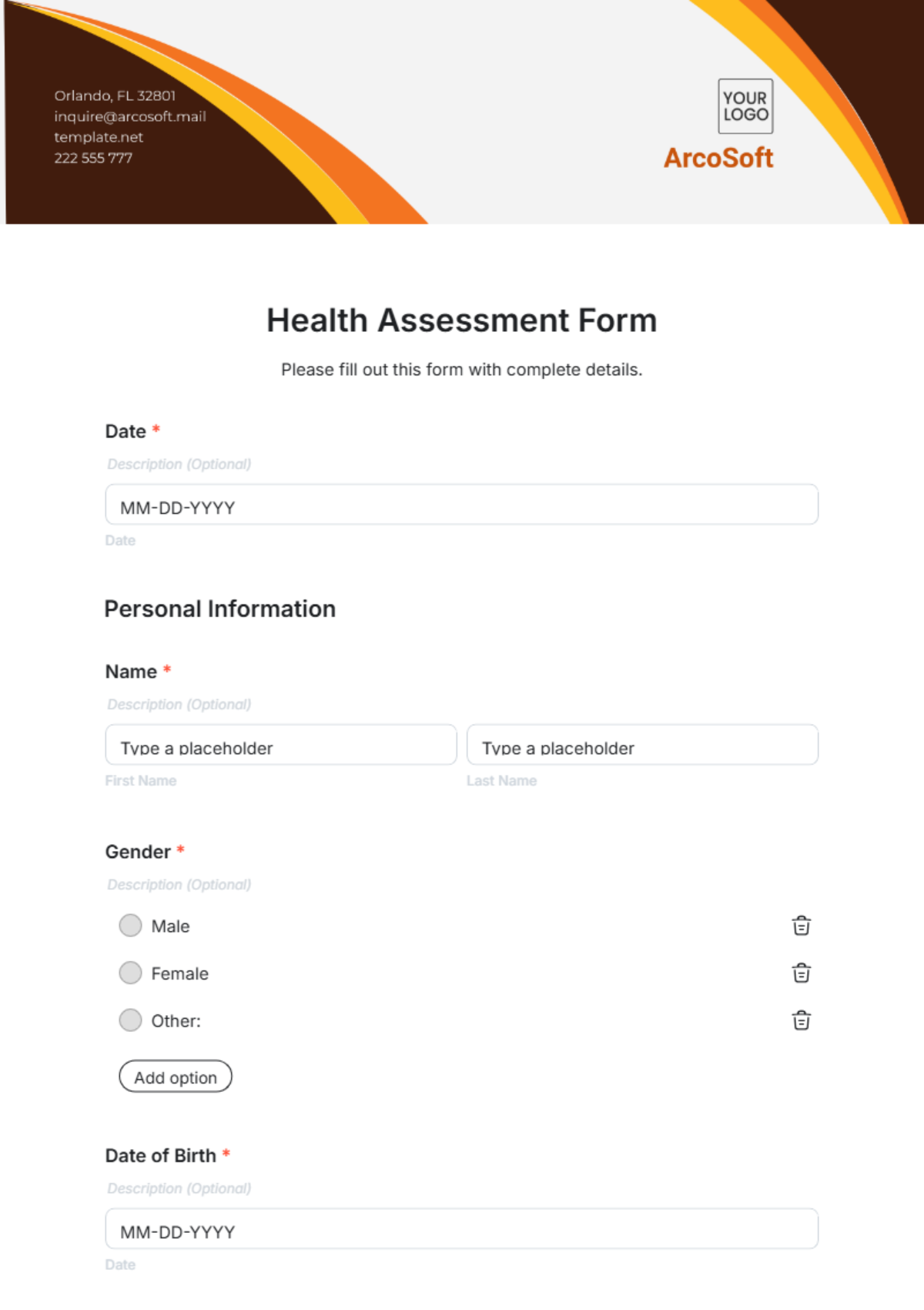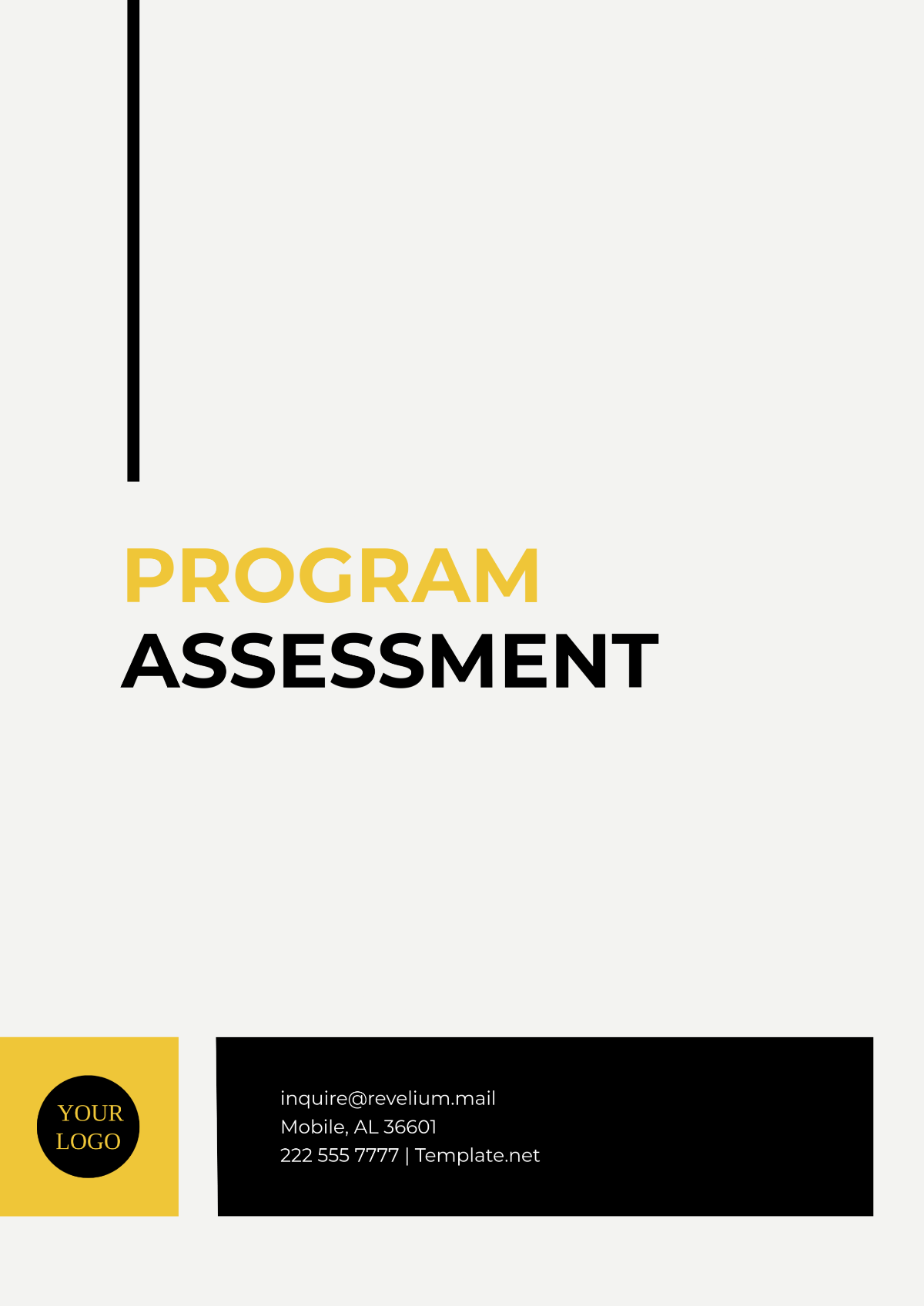PPE Impact Assessment Report
1. Introduction
In today's rapidly evolving industrial landscape, the safety and well-being of employees are paramount. At [Your Company Name], we recognize that the cornerstone of maintaining a safe workplace lies in the effective use of Personal Protective Equipment (PPE). This PPE Impact Assessment Report is meticulously crafted to evaluate the significant role that PPE plays within our organizational framework.
Our objective is twofold: Firstly, we aim to analyze the direct impact of PPE on enhancing employee safety and health. Given the diverse nature of our operations, PPE is not just a regulatory requirement but a critical element in safeguarding our workforce against potential hazards. Secondly, this report delves into the operational efficiency of PPE usage. It examines how the right protective gear can not only prevent injuries but also bolster productivity by instilling a sense of security among the employees.
Moreover, this assessment extends to the financial dimensions of PPE implementation. It is imperative to balance cost-effectiveness with quality, ensuring that the investment in PPE aligns with our company's financial health and long-term sustainability goals.
Through a comprehensive mix of qualitative and quantitative analysis, this report presents a holistic view of the PPE landscape at [Your Company Name]. It serves as a crucial tool in our continuous pursuit of operational excellence, employee well-being, and fiscal prudence.
2. Assessment Methodology
The methodology employed in this Personal Protective Equipment (PPE) Impact Assessment Report for [Your Company Name] is designed to provide a comprehensive and multi-faceted analysis of PPE usage and its implications. Our approach integrates various data sources and analytical techniques to ensure a robust and insightful assessment.
A. Employee Surveys
Objective: To gather direct feedback from employees regarding the usage, comfort, and perceived effectiveness of PPE.
Method: Distribution of anonymized surveys to all employees across different departments. The survey includes questions about PPE fit, comfort, usability, and suggestions for improvement.
Analysis: Quantitative analysis of survey results to determine overall satisfaction levels and qualitative analysis to identify common themes and concerns raised by employees.
B. Financial Data Analysis
Objective: To evaluate the cost implications of PPE, including procurement, maintenance, and potential savings from reduced workplace incidents.
Method: Analysis of financial records over the past fiscal year, focusing on PPE-related expenses such as purchase costs, maintenance, and replacement frequency.
Analysis: Comparison of PPE costs against savings from a decline in workplace injuries and illnesses, if applicable, to determine the return on investment.
C. Safety Incident Reports
Objective: To assess the effectiveness of PPE in reducing workplace incidents and injuries.
Method: Review of recorded safety incidents and accidents over a specific period, examining the nature of each incident and the role of PPE in these scenarios.
Analysis: Statistical analysis to identify trends, frequency, and types of incidents, correlating these with PPE usage policies and practices.
D. Operational Performance Metrics
Objective: To understand the impact of PPE on overall operational efficiency and productivity.
Method: Examination of key performance indicators (KPIs) such as production rates, employee absenteeism, and workflow disruptions.
Analysis: Comparative analysis of operational metrics before and after significant changes in PPE policies or products, if any, to assess any correlations between PPE usage and operational performance.
This comprehensive methodology ensures that the assessment covers all critical aspects of PPE implementation at [Your Company Name], providing a well-rounded view of its impact on safety, financials, and operations.
3. PPE Usage Overview
This section presents an overview of the types of Personal Protective Equipment (PPE) currently in use at [Your Company Name], delineating their application across various departments. This comprehensive overview is essential to understand how PPE is integrated into our daily operations and its role in protecting our employees. The table provided summarizes the different types of PPE, the departments that utilize them, their frequency of use, and their specific purpose. This information is crucial for evaluating the appropriateness of the PPE in use and identifying potential areas for improvement. By aligning the types of PPE with their respective usage scenarios, we aim to ensure optimal protection for our employees while maintaining operational efficiency.
Table 1: PPE Types and Usage:
PPE Type | Departments Using | Frequency of Use | Purpose |
Masks | Manufacturing | Daily | Respiratory protection |
Safety Goggles | Laboratory | As needed | Eye protection |
Gloves | All | Varies | Hand protection |
Ear Protection | Construction | Daily | Hearing protection |
Safety Shoes | Warehouse | Daily | Foot protection |
4. Cost Analysis
Understanding the cost implications is crucial for effective budgeting and financial planning. The cost analysis presented here provides a detailed breakdown of the expenses associated with the procurement of various types of PPE used in our company.
The following table, Table 2: Annual PPE Cost Breakdown, itemizes each type of PPE, including masks, safety goggles, gloves, ear protection, and safety shoes. For each PPE category, we have detailed the unit cost, the quantity purchased annually, and the total cost incurred. This comprehensive cost analysis is not just a reflection of the financial investment in employee safety but also serves as a foundation for evaluating cost-effectiveness and exploring potential areas for cost optimization.
By scrutinizing these figures, we aim to strike a balance between ensuring the highest standards of safety for our employees and maintaining a cost-effective approach to PPE procurement. This analysis is vital for informed decision-making regarding future PPE purchases and budget allocations.
Table 2: Annual PPE Cost Breakdown:
PPE Type | Unit Cost | Quantity | Total Cost |
Masks | [$1.00] | [10,000] | [$10,000.00] |
Safety Goggles | |||
Gloves | |||
Ear Protection | |||
Safety Shoes | |||
Total: | [$000.00] | ||
5. Compliance and Effectiveness
This chapter focuses on two critical aspects of Personal Protective Equipment (PPE) usage at [Your Company Name]: Compliance and Effectiveness. These factors are essential in determining the real-world impact of our PPE policies and practices.
Compliance Rate
Compliance rate refers to the percentage of employees adhering to the prescribed PPE guidelines. High compliance rates are indicative of effective training and awareness programs, as well as employee commitment to safety protocols.
Incident Rate
The incident rate measures the frequency of safety incidents or accidents in various departments within a specified period, usually per year. This metric is vital for assessing the practical effectiveness of PPE in reducing workplace hazards.
Table 3: Compliance and Incident Rates:
Department | Compliance Rate | Incident Rate (per year) |
Manufacturing | 95% | 2% |
Laboratory | ||
Warehouse |
Analysis:
Manufacturing: With a compliance rate of 95%, the manufacturing department shows a high level of adherence to PPE protocols. However, a 2% incident rate indicates room for improvement in either the quality of PPE or training methods.
Laboratory: This department exhibits an exemplary compliance rate of 98% and a low incident rate of 1%. This suggests that the current PPE strategy is highly effective in the laboratory environment.
Warehouse: The compliance rate in the warehouse is slightly lower at 90%, which correlates with a higher incidence rate of 3%. This disparity highlights a potential need for enhanced training, better PPE, or stricter enforcement of safety protocols.
This compliance and effectiveness analysis is crucial for understanding how well our current PPE strategies are working and where we need to focus our efforts to improve safety and reduce workplace incidents.
6. Employee Feedback and Satisfaction
Gauging employee feedback and satisfaction regarding the use of Personal Protective Equipment (PPE) is essential for [Your Company Name] to ensure not only compliance but also the comfort and well-being of our workforce. This chapter summarizes the results of a comprehensive survey conducted to understand employee perspectives on PPE.
Employee Survey Insights:
Objective: To obtain direct feedback from employees about their experience and satisfaction with the PPE provided.
Methodology: An anonymized survey was distributed to employees across all departments. The survey included questions about the comfort, fit, ease of use, and perceived safety of the PPE.
Survey Results:
Overall Satisfaction: 85% of the employees reported feeling safer with the provided PPE, indicating a positive reception towards the current PPE in use.
Comfort and Usability: A significant number of responses highlighted the desire for lighter and more comfortable PPE, suggesting that while the PPE is effective, there is room for improvement in terms of wearability.
Table 4: Employee Feedback Summary:
Question | Positive Response | Neutral Response | Negative Response |
Do you feel safe using the provided PPE? | 85% | 10% | 5% |
Is the PPE comfortable to wear? | |||
Does the PPE hinder your work? | |||
Would you suggest any improvements? |
Employee Suggestions:
Lighter Materials: A recurring theme in the feedback was the request for PPE made of lighter materials, which would enhance comfort without compromising safety.
Improved Design: Suggestions included ergonomic designs that accommodate a range of movements and activities specific to different job roles.
Breathability: Employees in departments that require extensive physical activity or work in warmer environments emphasized the need for more breathable materials.
Analysis and Action Steps:
The survey results demonstrate a high level of satisfaction regarding the safety provided by the PPE. However, the feedback also points to areas needing improvement, particularly in comfort and usability. Moving forward, it will be crucial to:
Explore PPE options that balance safety with comfort, such as lighter materials and ergonomic designs.
Conduct regular follow-up surveys to gauge the impact of any changes implemented.
Involve employees in the PPE selection process to ensure their needs and concerns are addressed.
This feedback is instrumental in guiding [Your Company Name] towards enhancing employee satisfaction and safety through improved PPE.
7. Impact on Operations
The implementation and adherence to Personal Protective Equipment (PPE) protocols at [Your Company Name] have had a profound impact on our operational efficiency and employee well-being. A notable outcome of this strategic focus on safety is the remarkable 30% decrease in workplace injuries. This significant reduction not only underscores the effectiveness of our PPE but also highlights its role as a key contributor to enhanced productivity. Fewer injuries translate directly into reduced downtime, ensuring that our workforce remains active and our operations run smoothly. Moreover, this decrease in workplace incidents has fostered a stronger safety culture within the organization, enhancing employee morale and confidence. Employees who feel safe and protected are more likely to be engaged and productive, further contributing to the overall operational success. The benefits of this decrease extend beyond the immediate physical safety of our employees; it also reflects positively on our company’s reputation as a safe and responsible employer, which is invaluable in today's competitive business landscape. This progress in reducing workplace injuries through effective PPE usage is a testament to [Your Company Name]'s commitment to creating a safe and efficient working environment.
8. Recommendations
Based on the insights gathered from the Personal Protective Equipment (PPE) Impact Assessment Report, several strategic recommendations are proposed for [Your Company Name]. These recommendations aim to optimize the use of PPE, balancing cost, comfort, safety, and operational efficiency. Addressing these key areas will not only enhance employee safety and satisfaction but also contribute to the overall financial and operational health of the company.
1. Negotiate with Suppliers for Cost-Effective PPE Solutions:
Rationale: By engaging in negotiations with PPE suppliers, the company can explore opportunities to reduce costs without compromising quality. Bulk purchasing, long-term contracts, or selecting vendors offering competitive pricing can result in significant savings.
Expected Outcome: Effective negotiations can lead to reduced expenditure on PPE, thereby freeing up resources for other safety initiatives or operational investments.
2. Implement Regular Training Sessions for PPE Usage
Rationale: Regular training sessions will ensure that all employees are well-versed in the correct usage of PPE. This will lead to higher compliance rates and a better understanding of the importance of PPE in workplace safety.
Expected Outcome: Enhanced knowledge and proper use of PPE among employees are likely to lead to a further reduction in workplace incidents and injuries, fostering a culture of safety.
3. Explore Advanced PPE Options for Enhanced Comfort and Protection
Rationale: Considering employee feedback regarding the comfort of PPE, investing in advanced options with better materials and ergonomic designs can increase employee satisfaction and compliance.
Expected Outcome: Enhanced comfort and protection offered by advanced PPE options can lead to increased employee productivity and morale, as well as a potential decrease in complaints or health issues related to PPE usage.
Implementing these recommendations will position [Your Company Name] at the forefront of workplace safety and operational excellence, demonstrating a commitment to the well-being of its employees and the efficiency of its operations.
9. Conclusion
The implementation of PPE at [Your Company Name] has been effective in enhancing employee safety, with a notable reduction in workplace incidents. Continuous improvement in PPE procurement and employee training is recommended.
10. Appendices
Appendix A: Employee Survey Details
Appendix B: Incident Report Summaries
Appendix C: Financial Reports on PPE Expenditure
